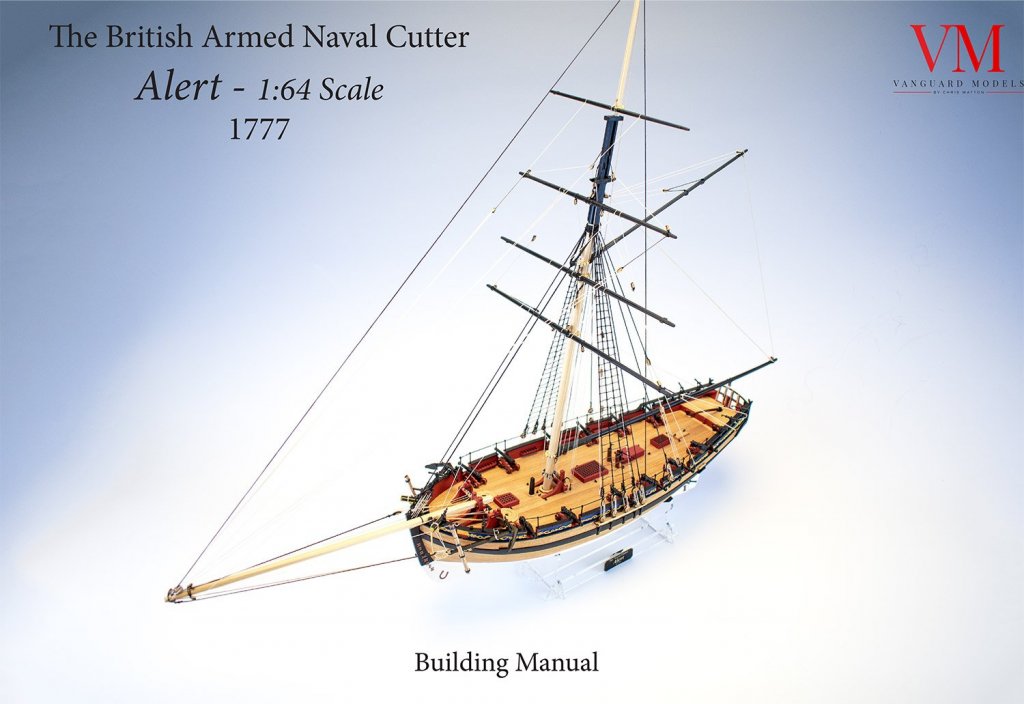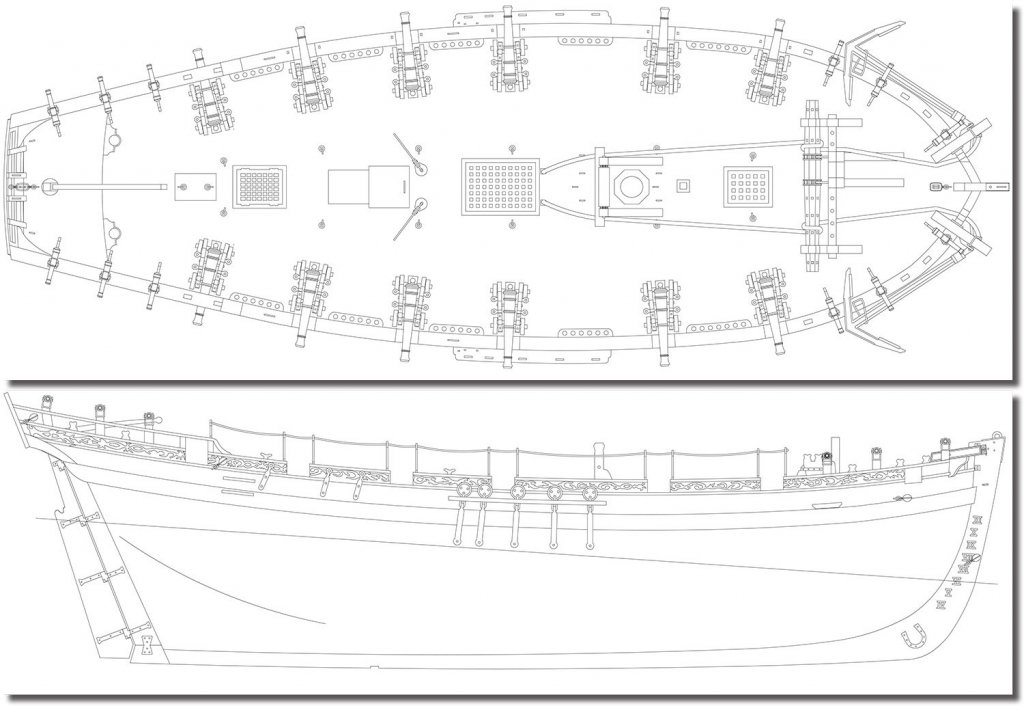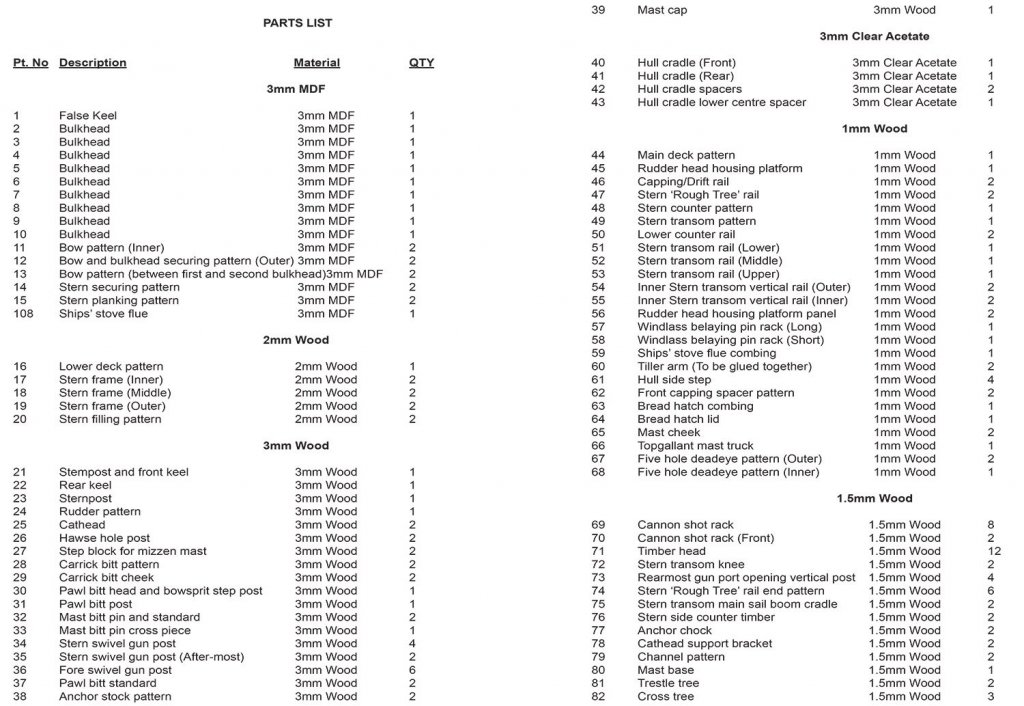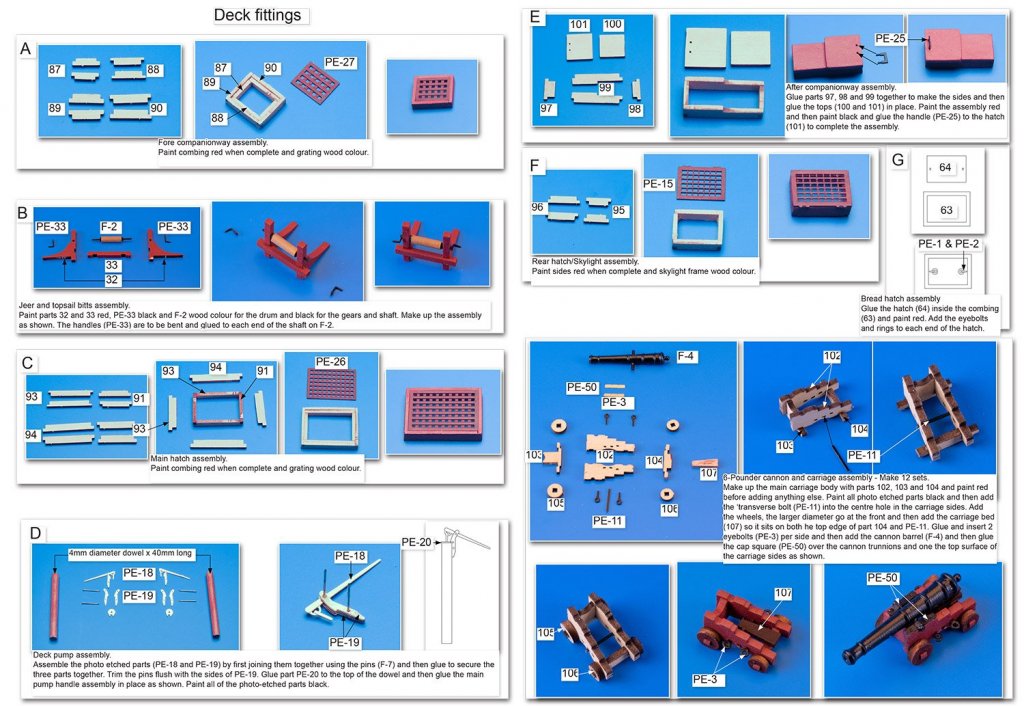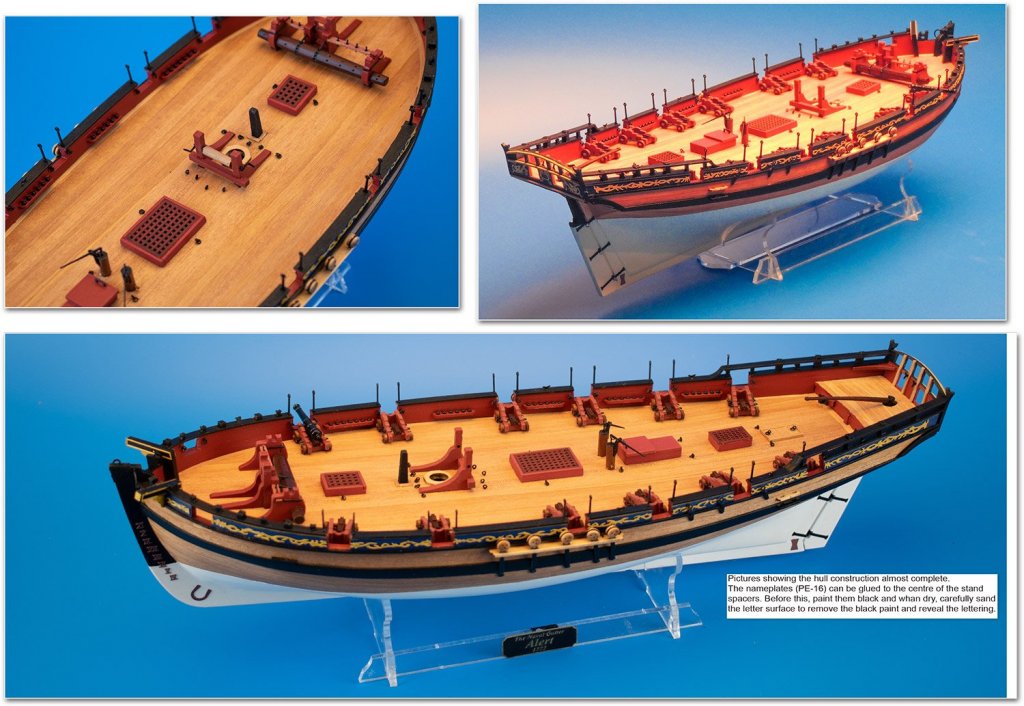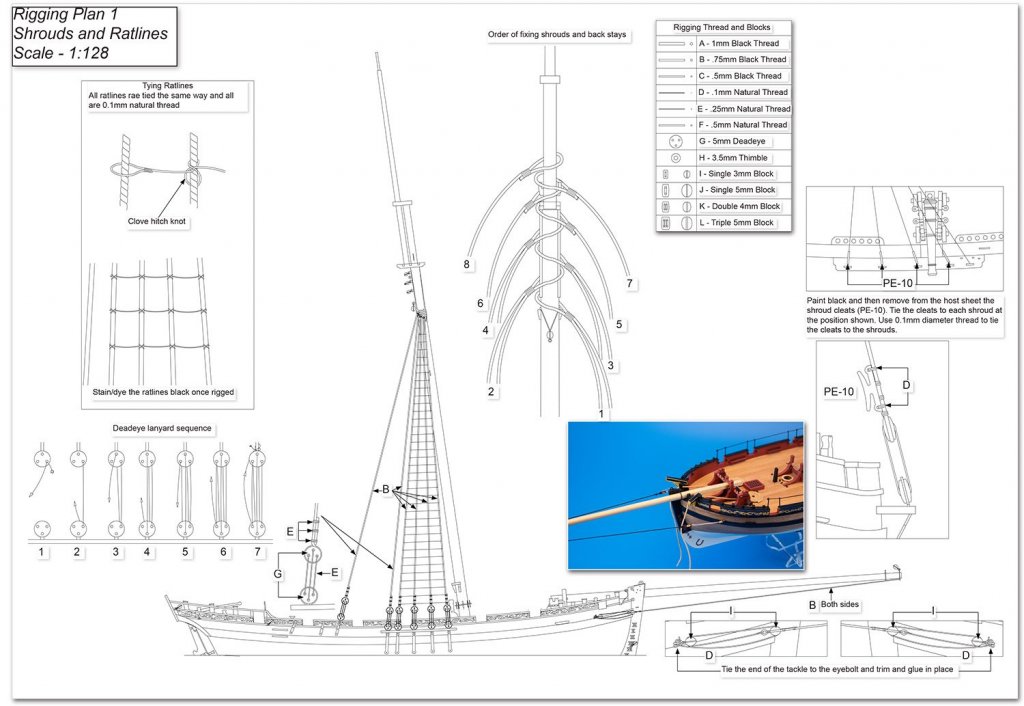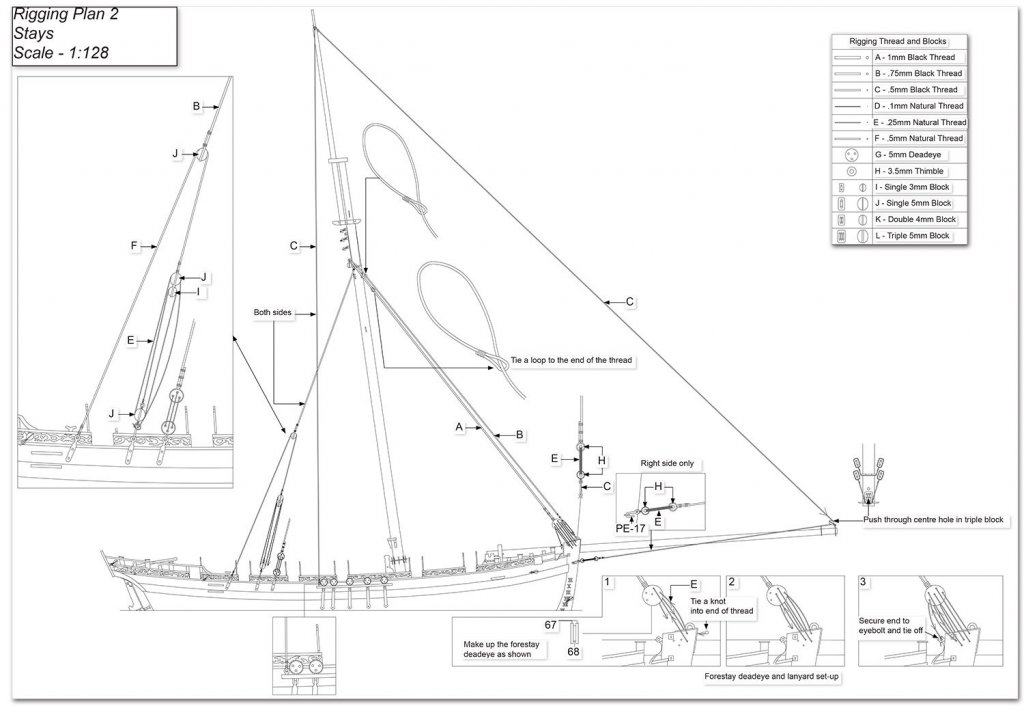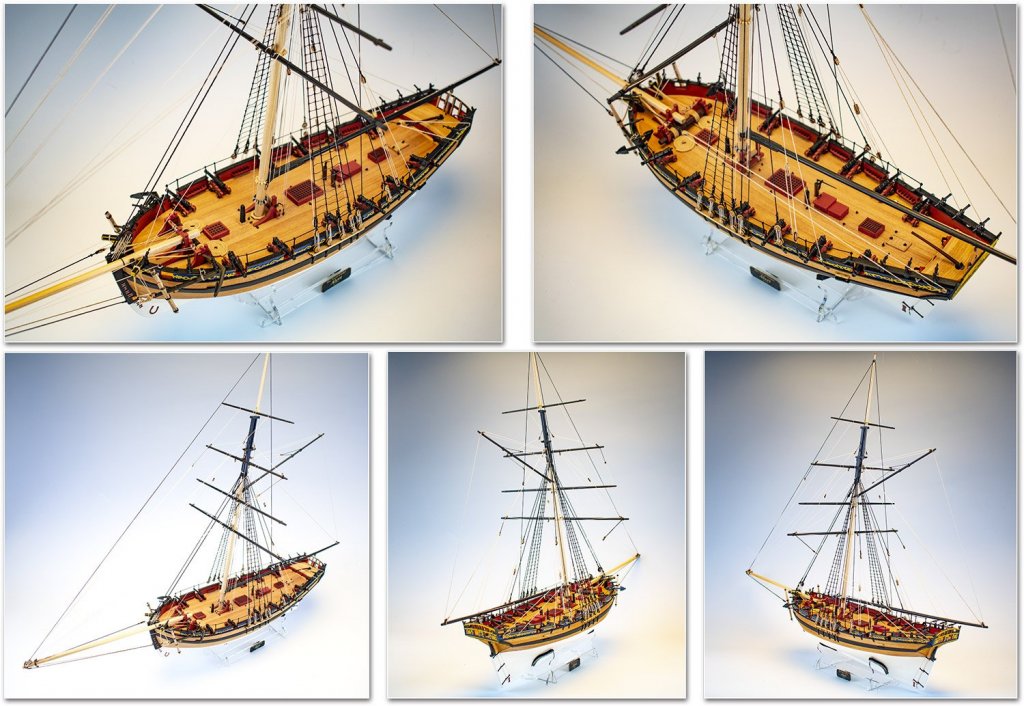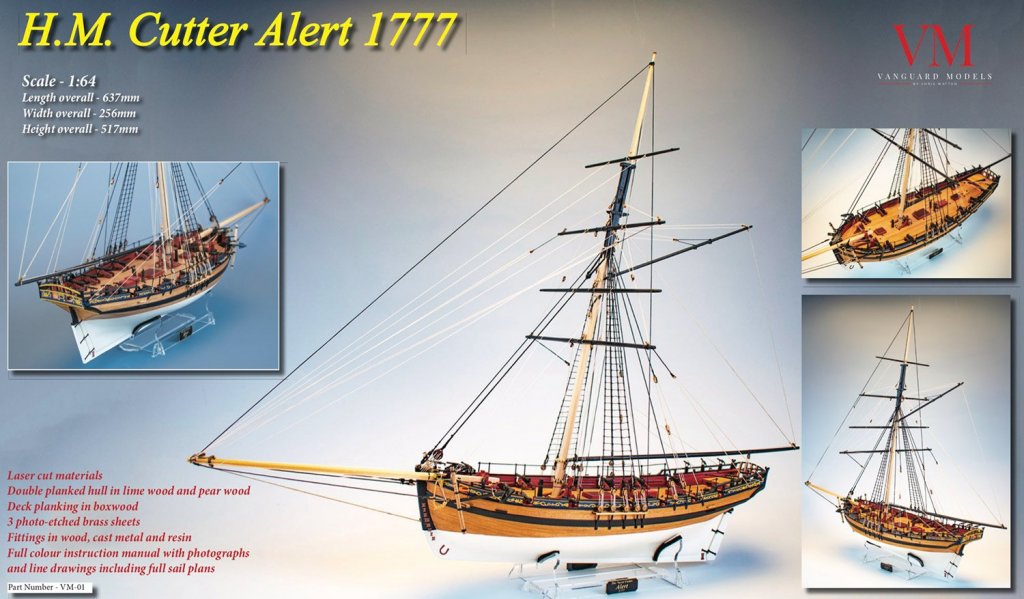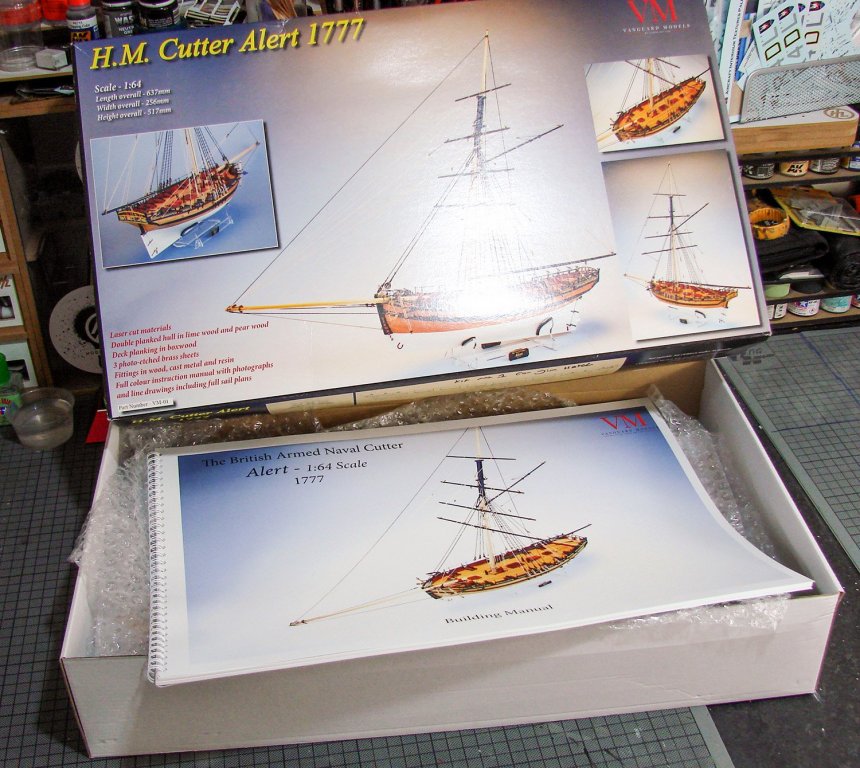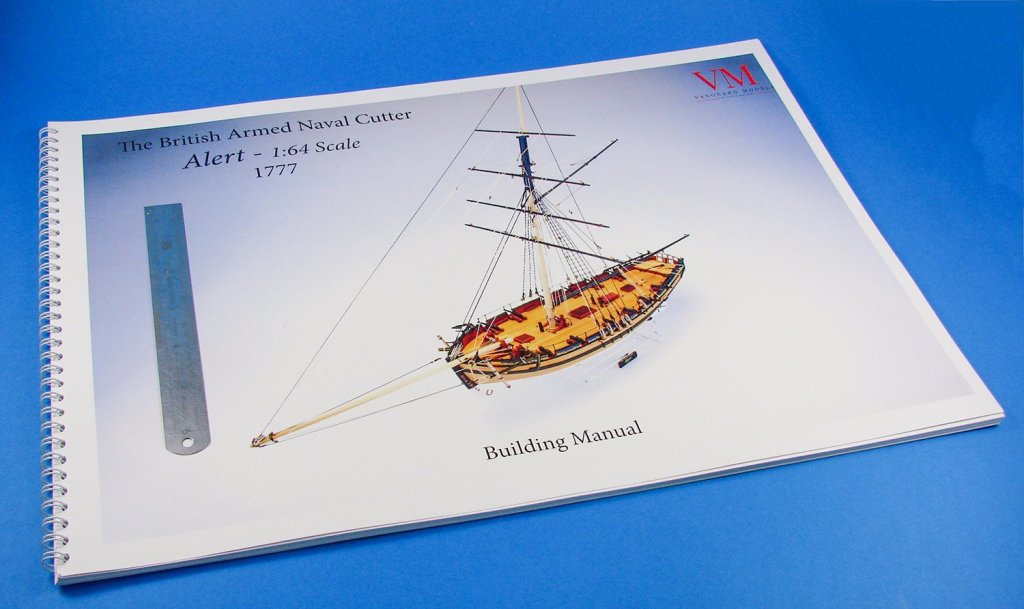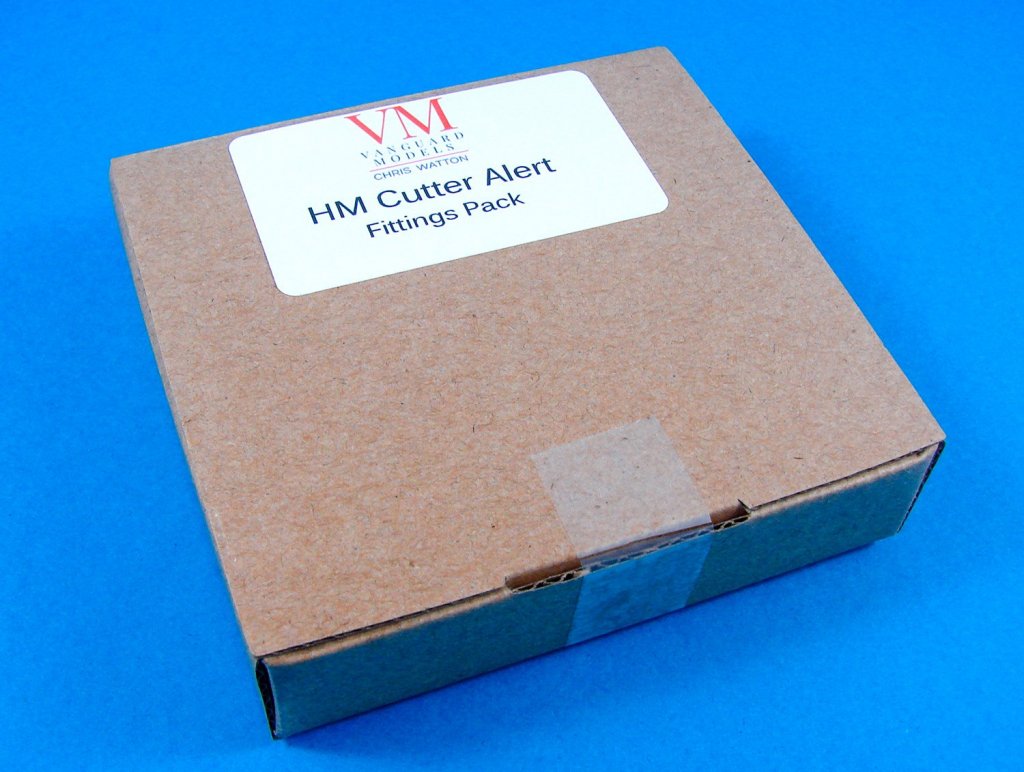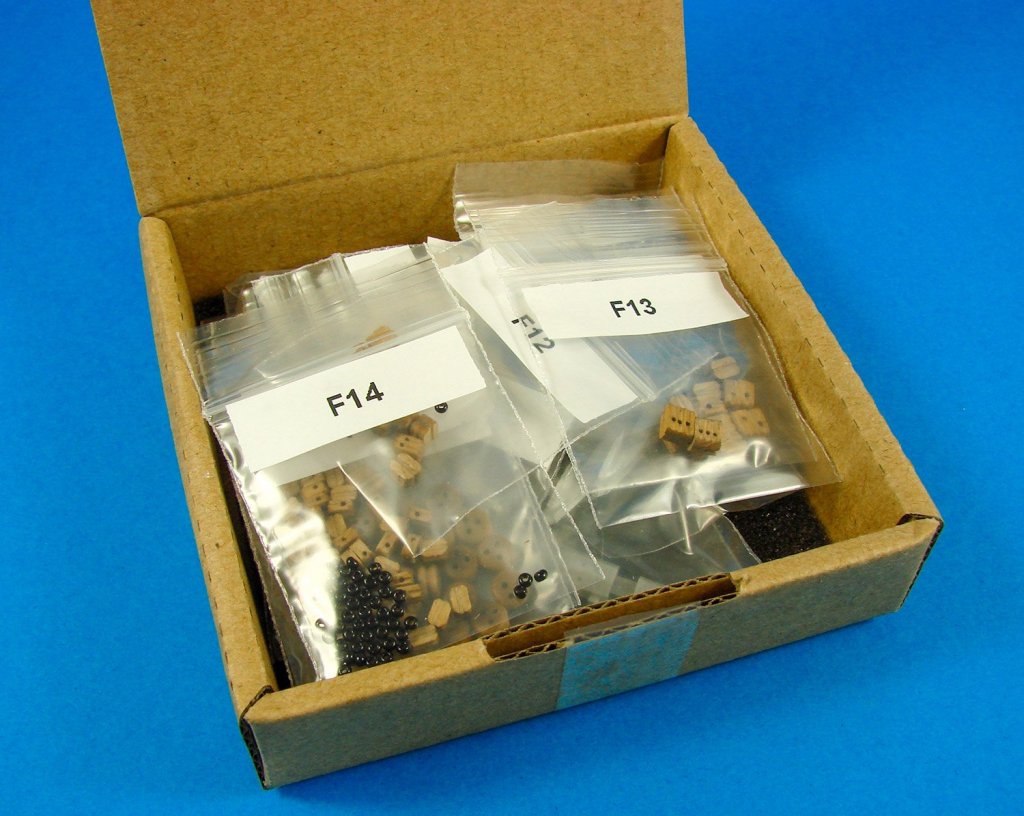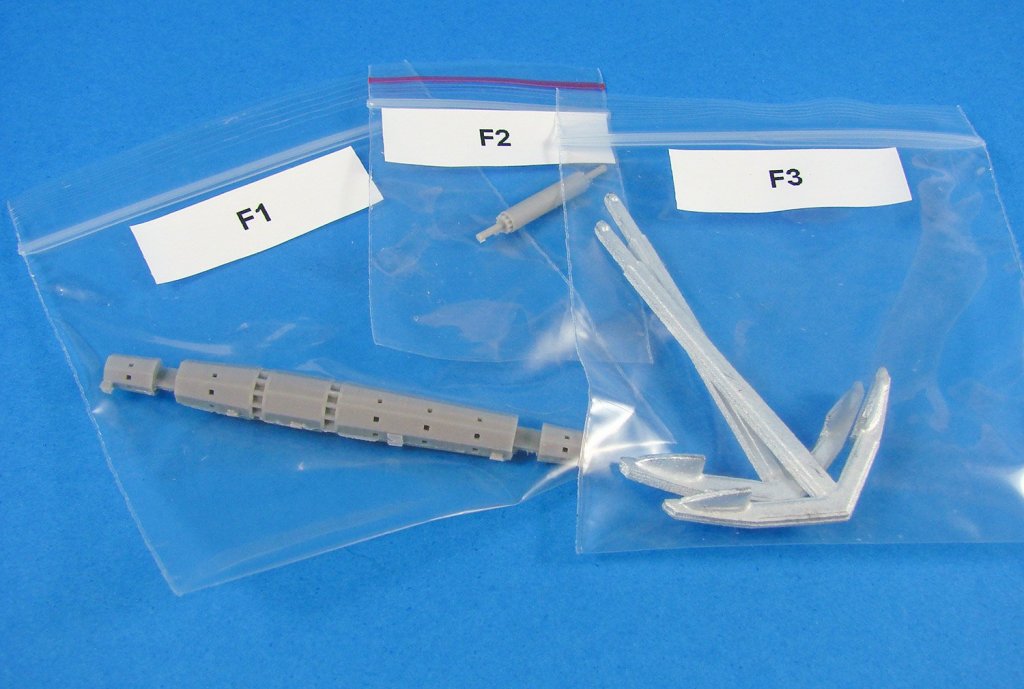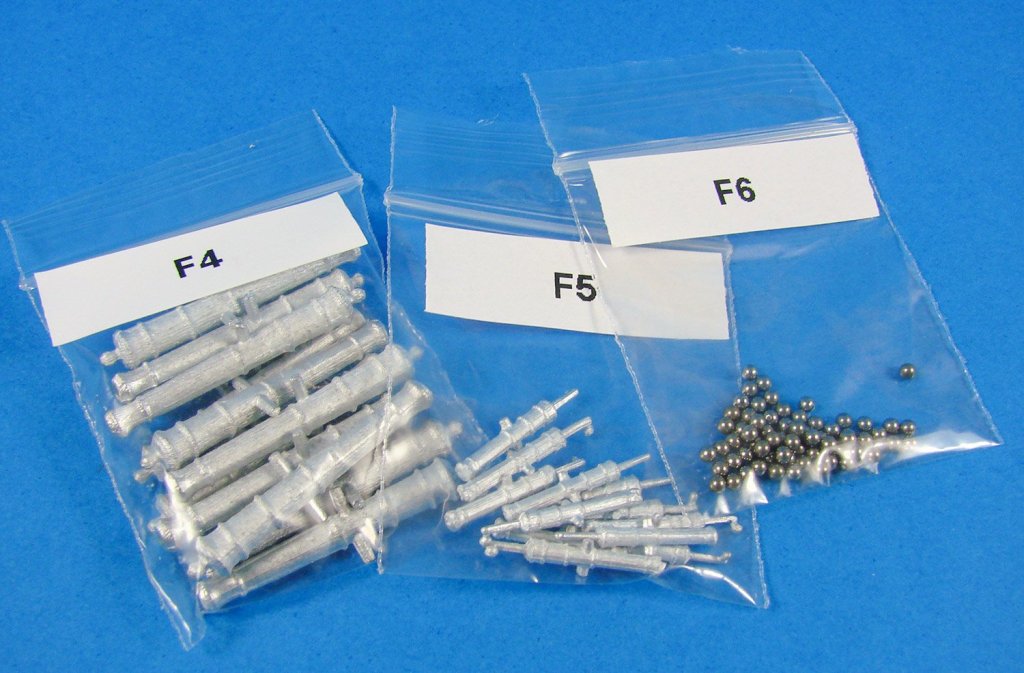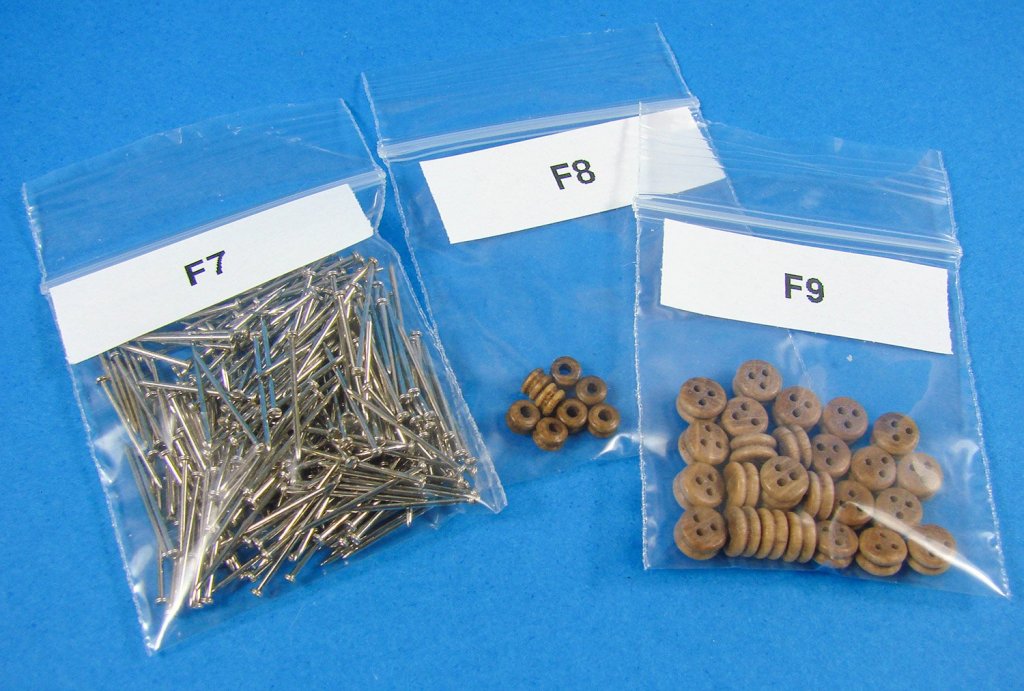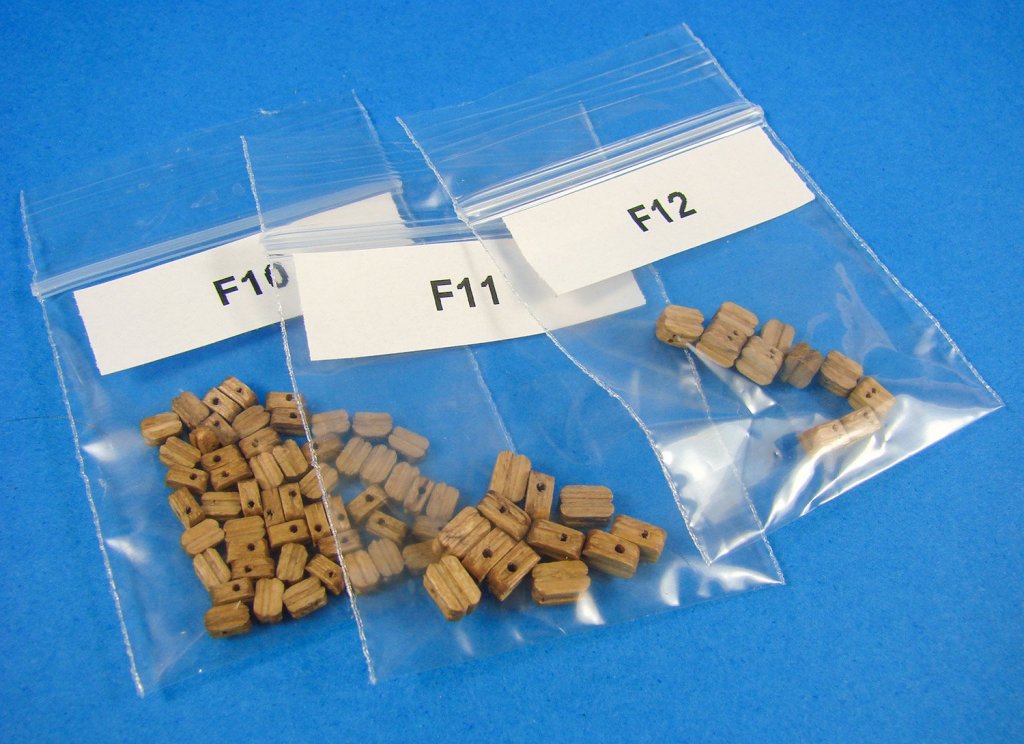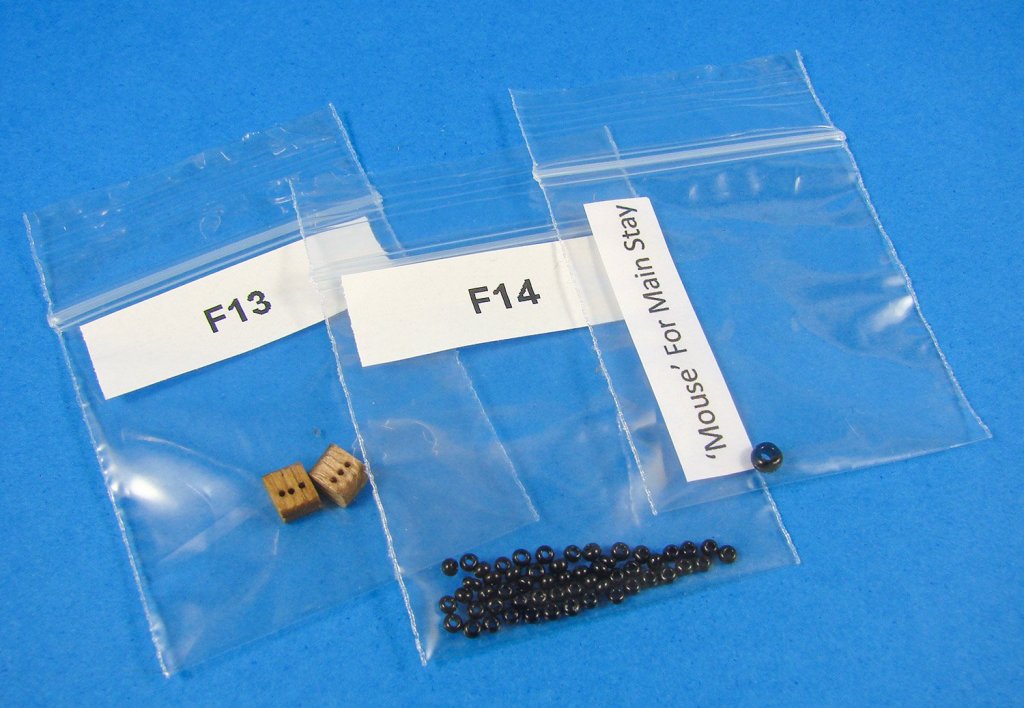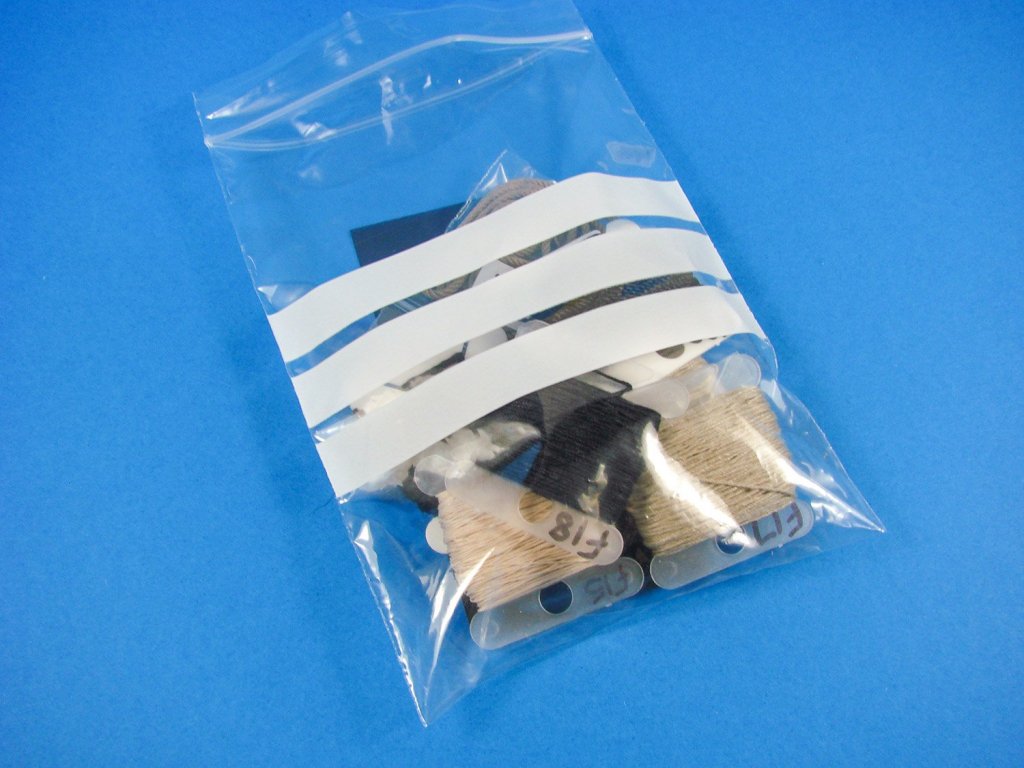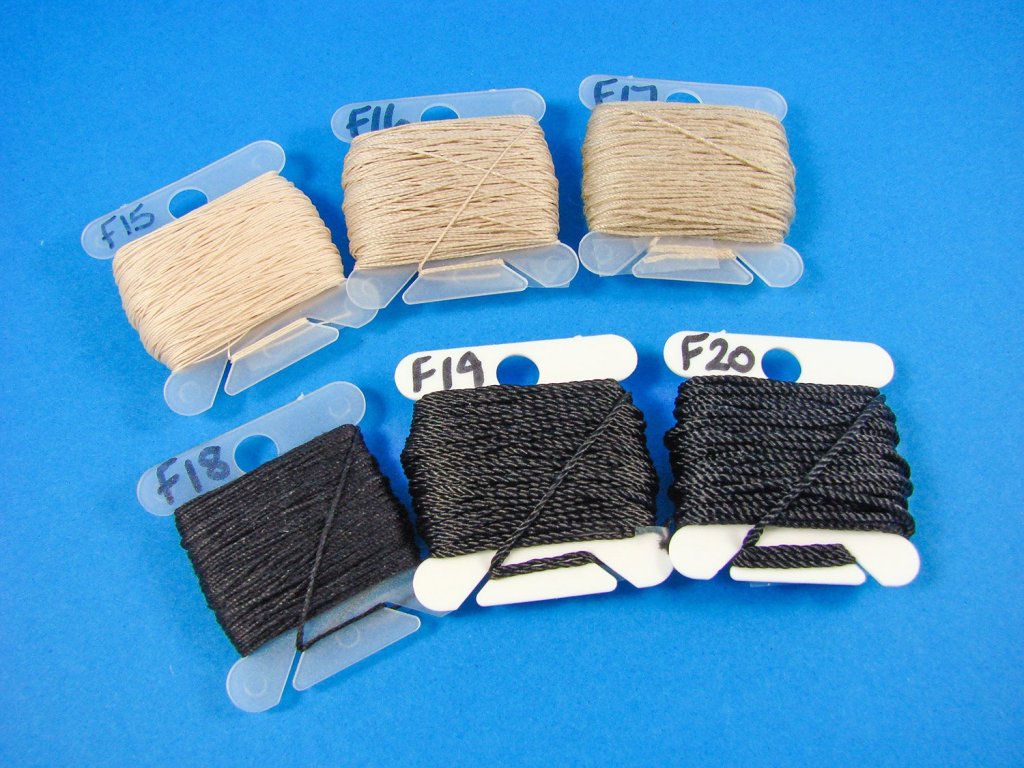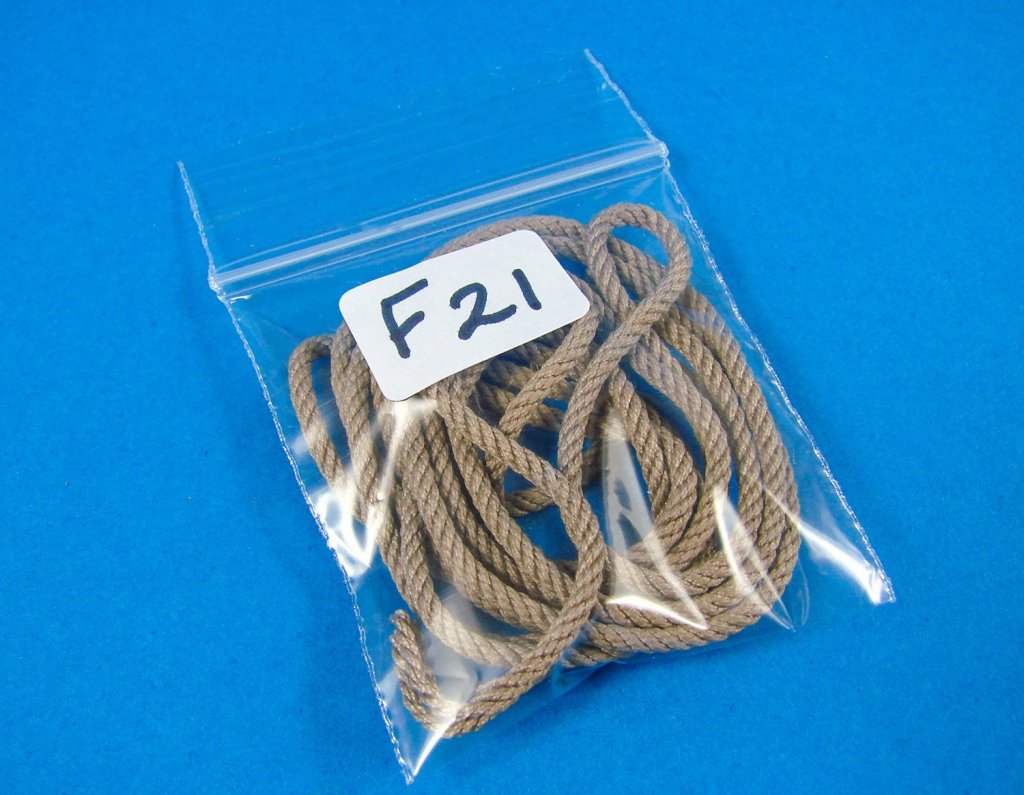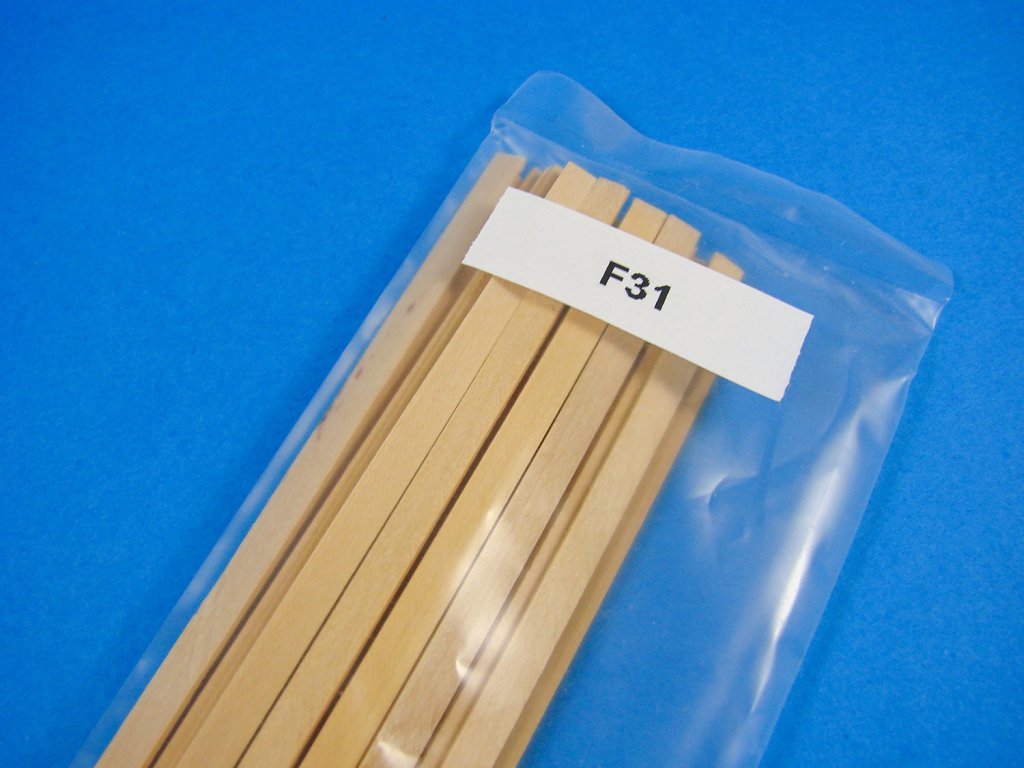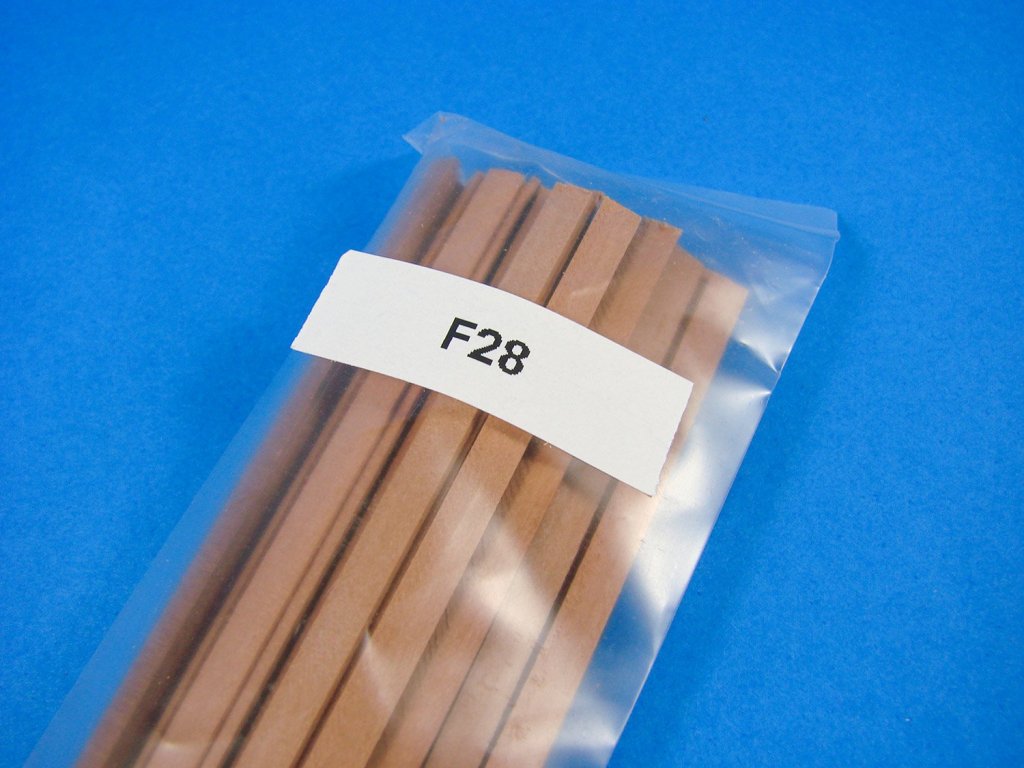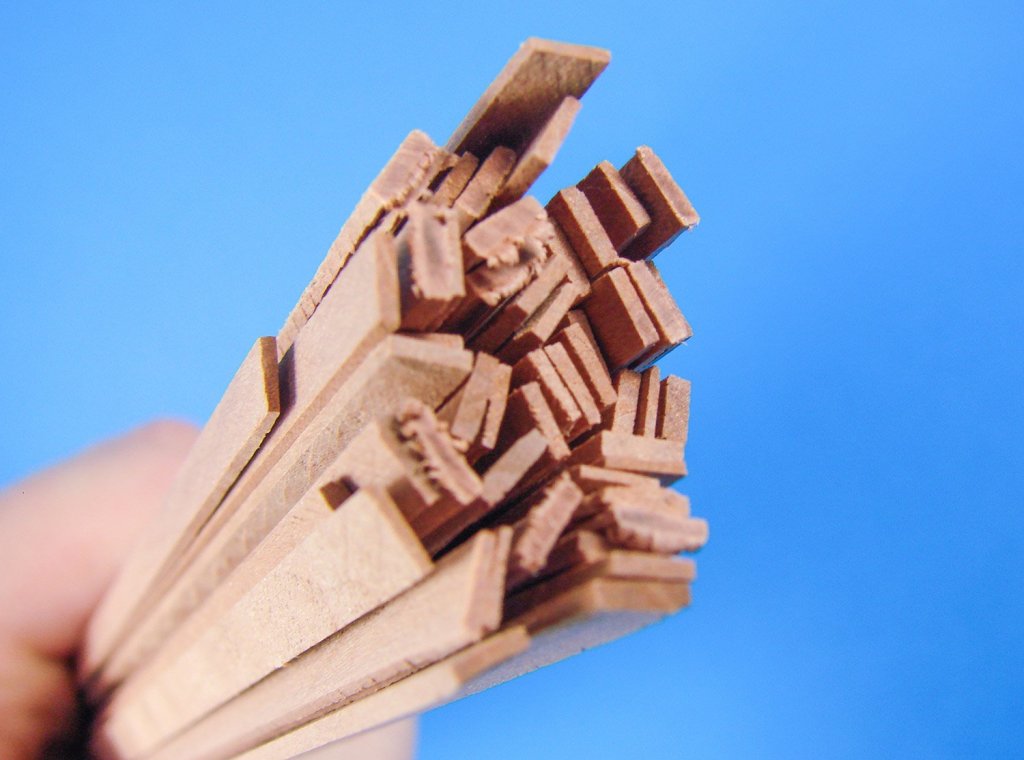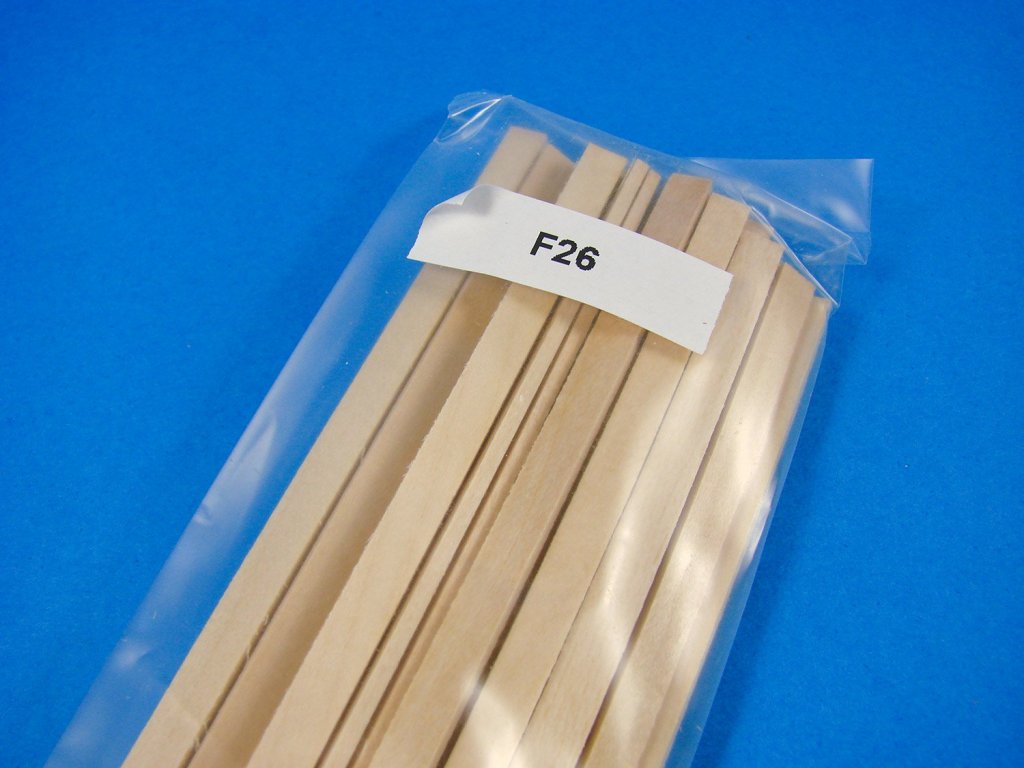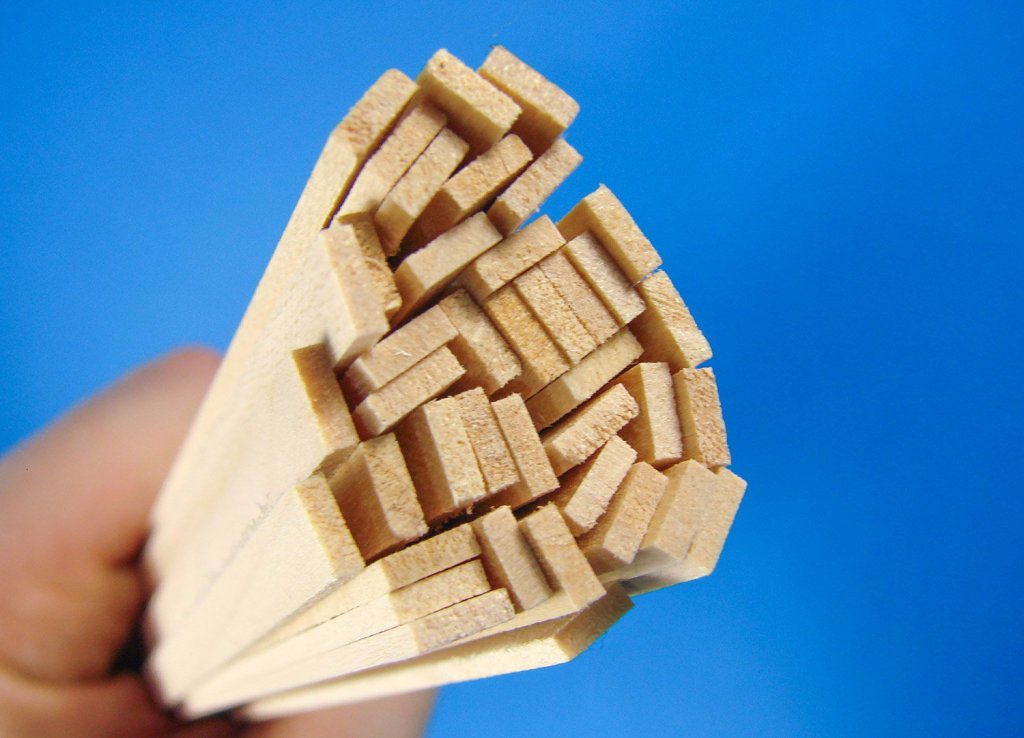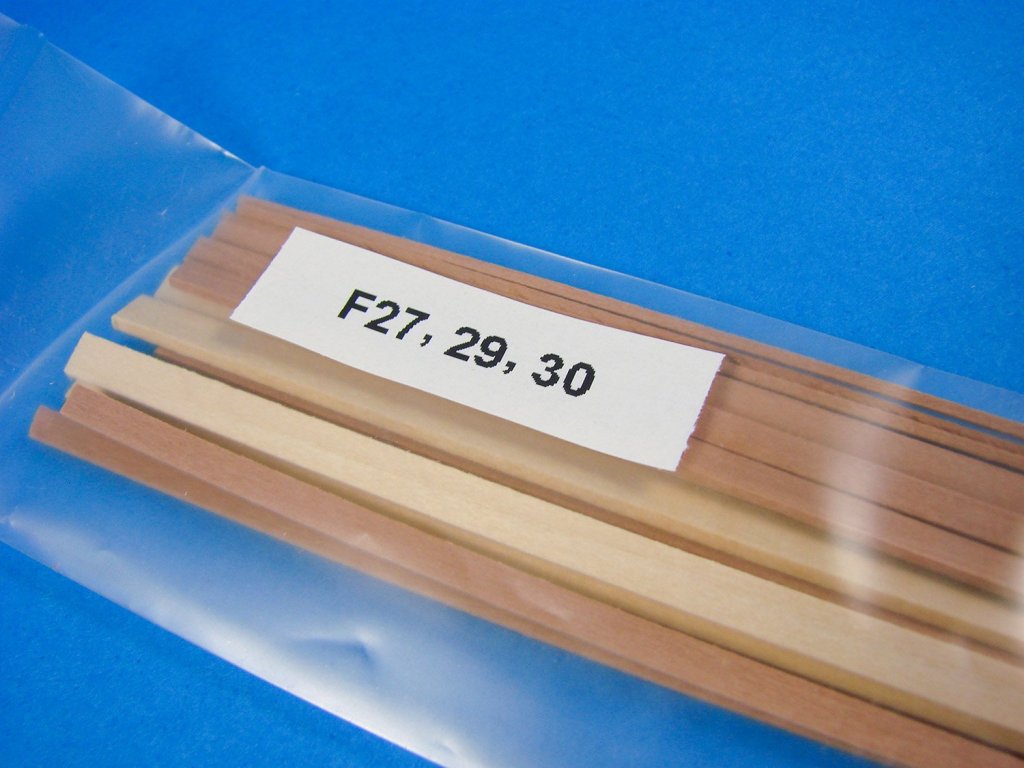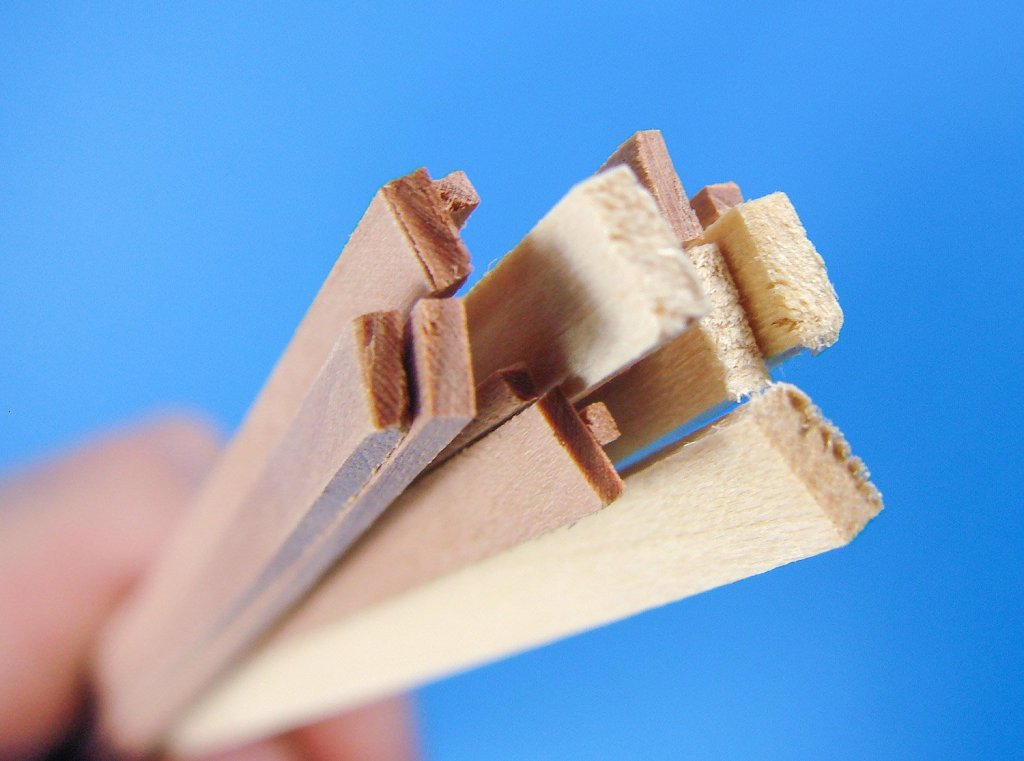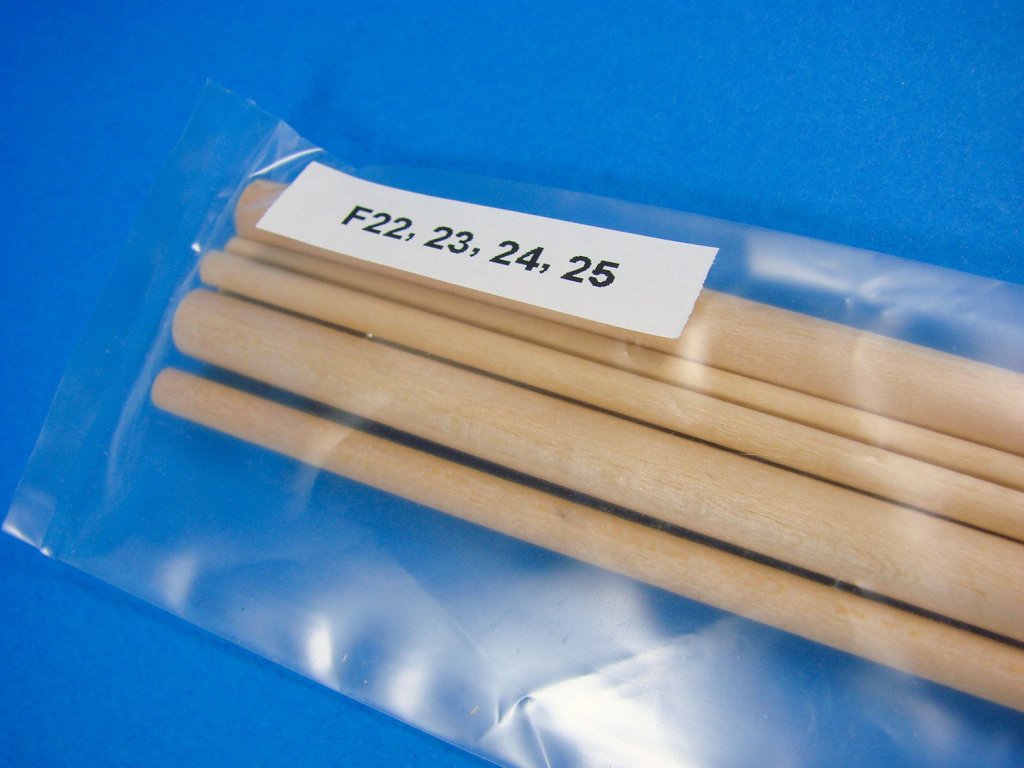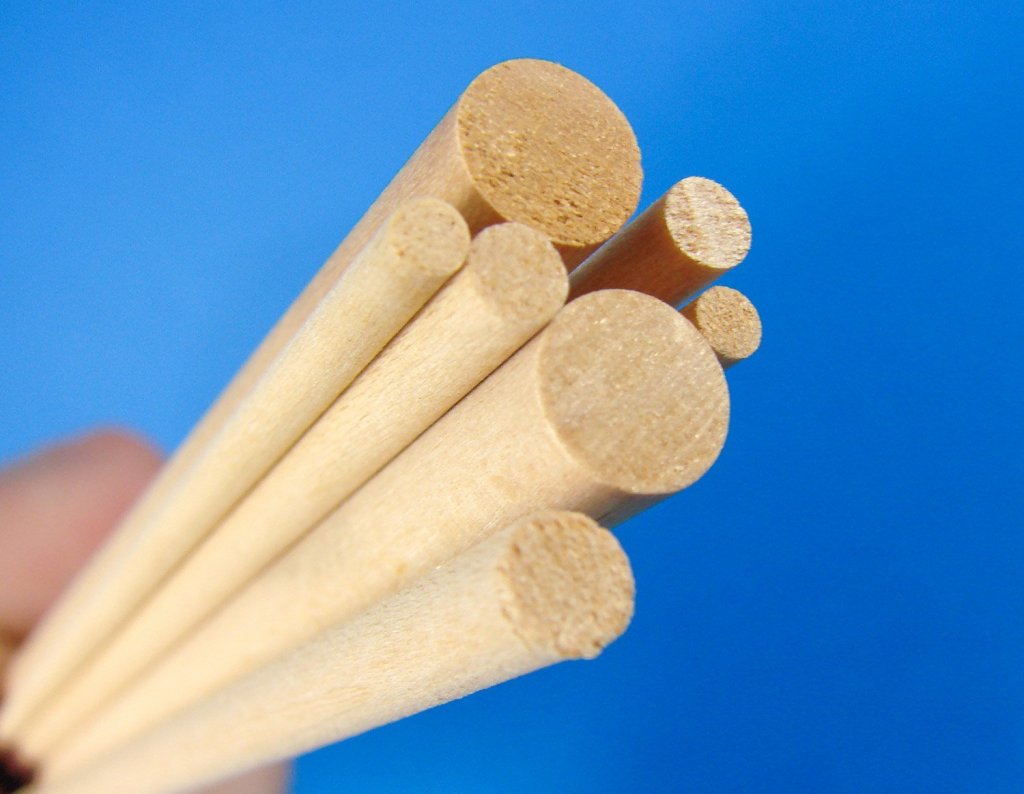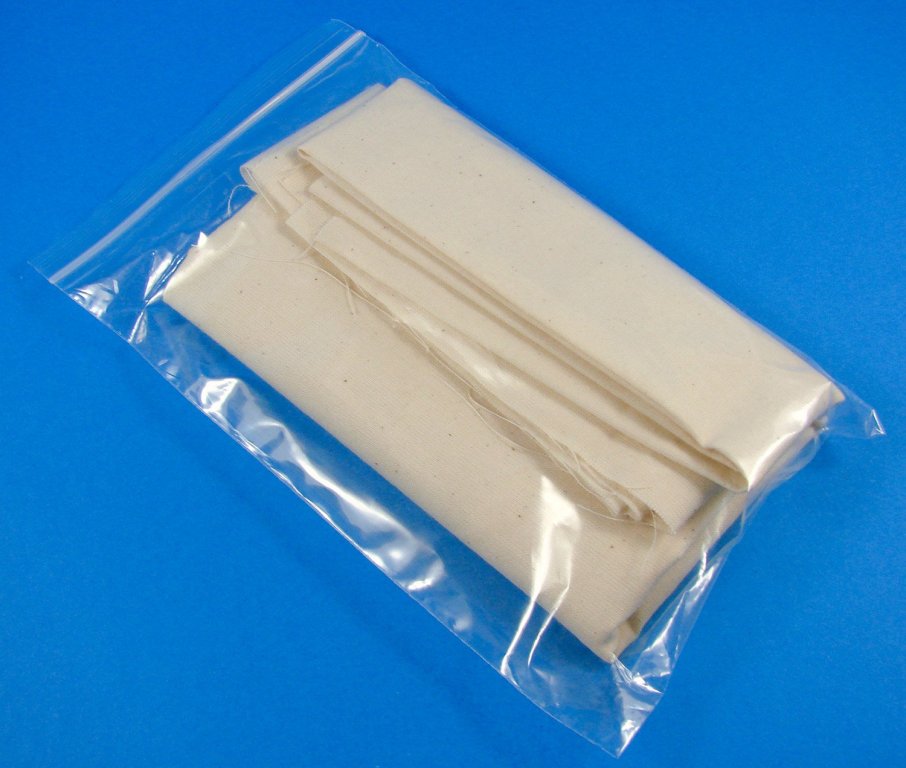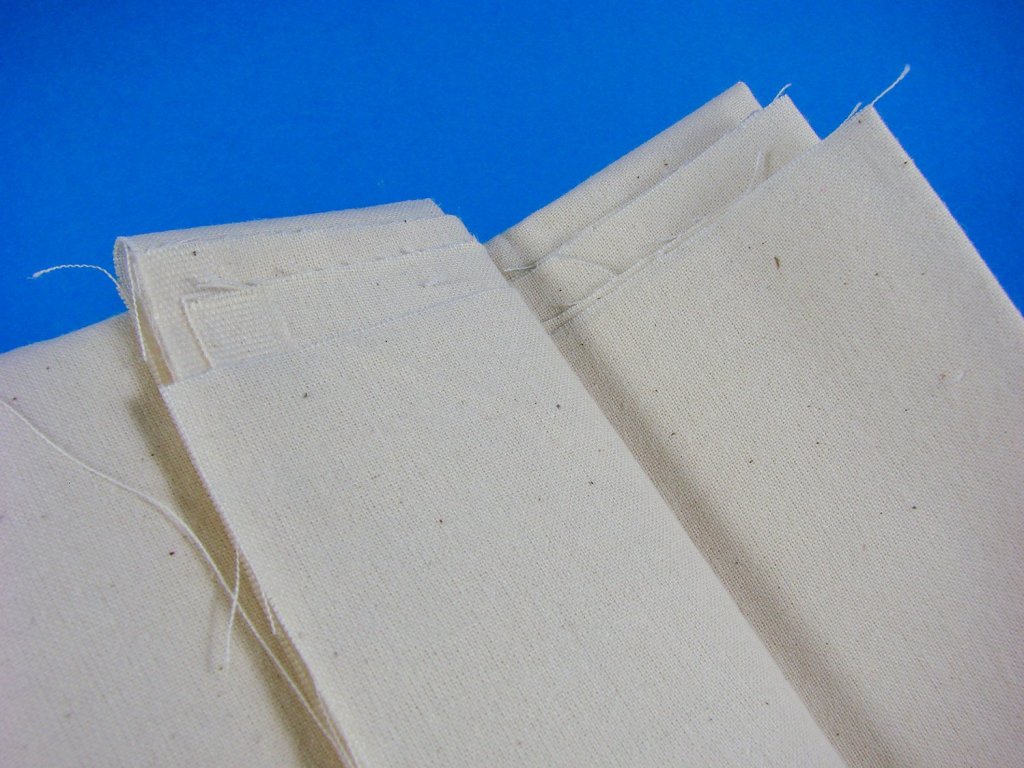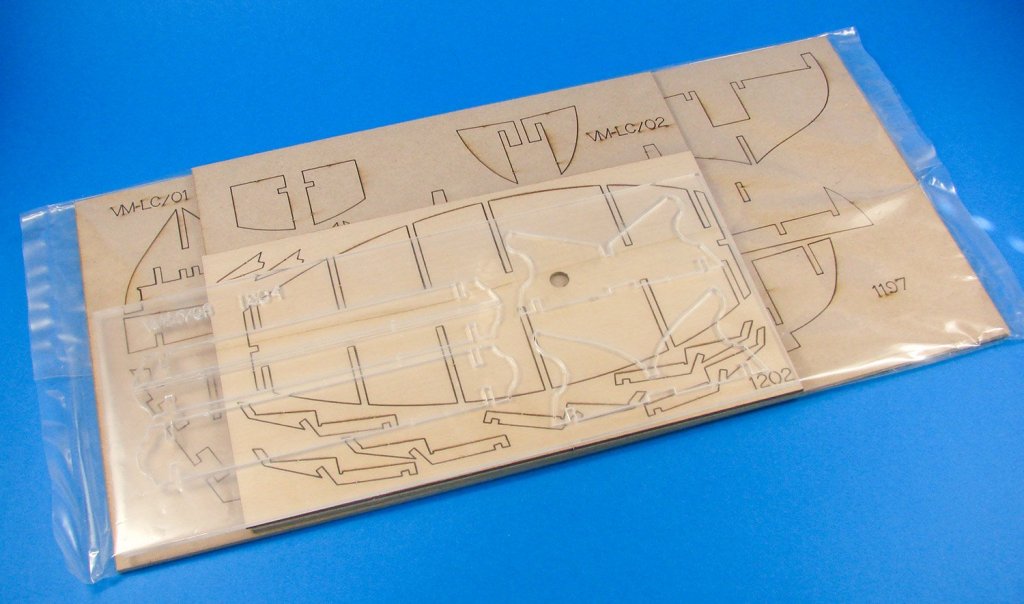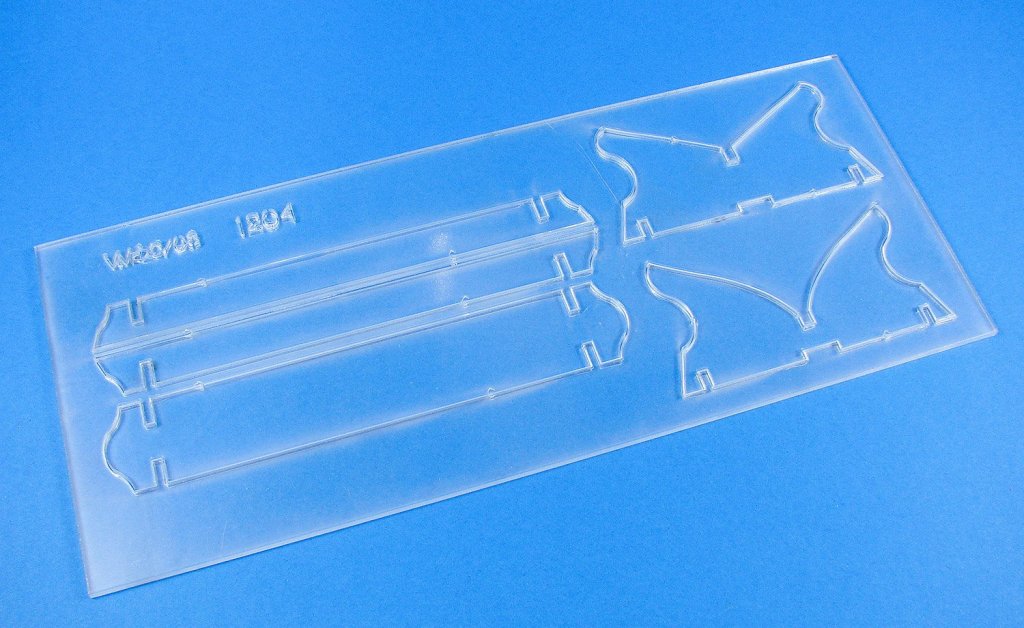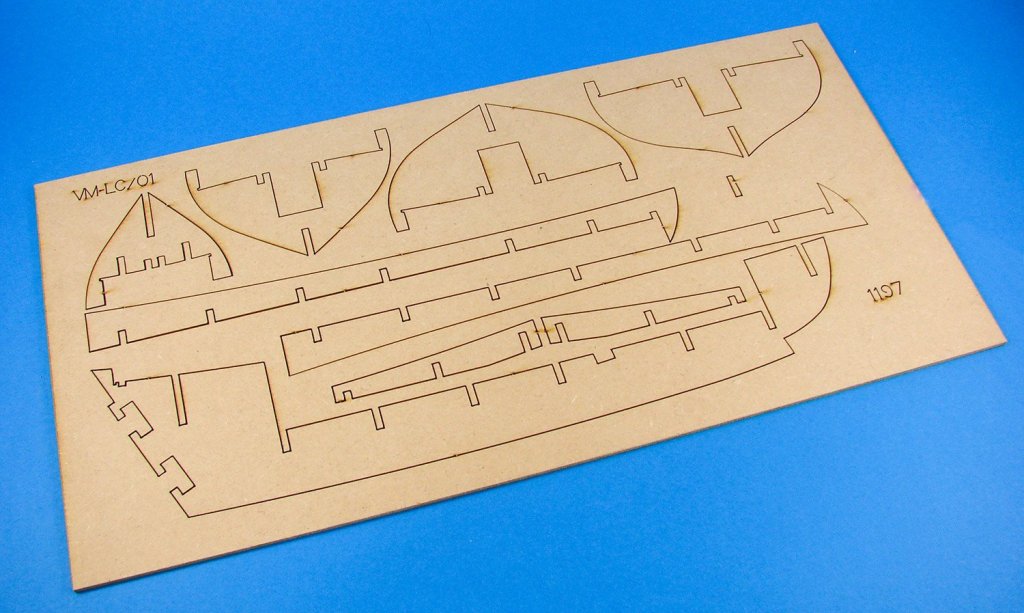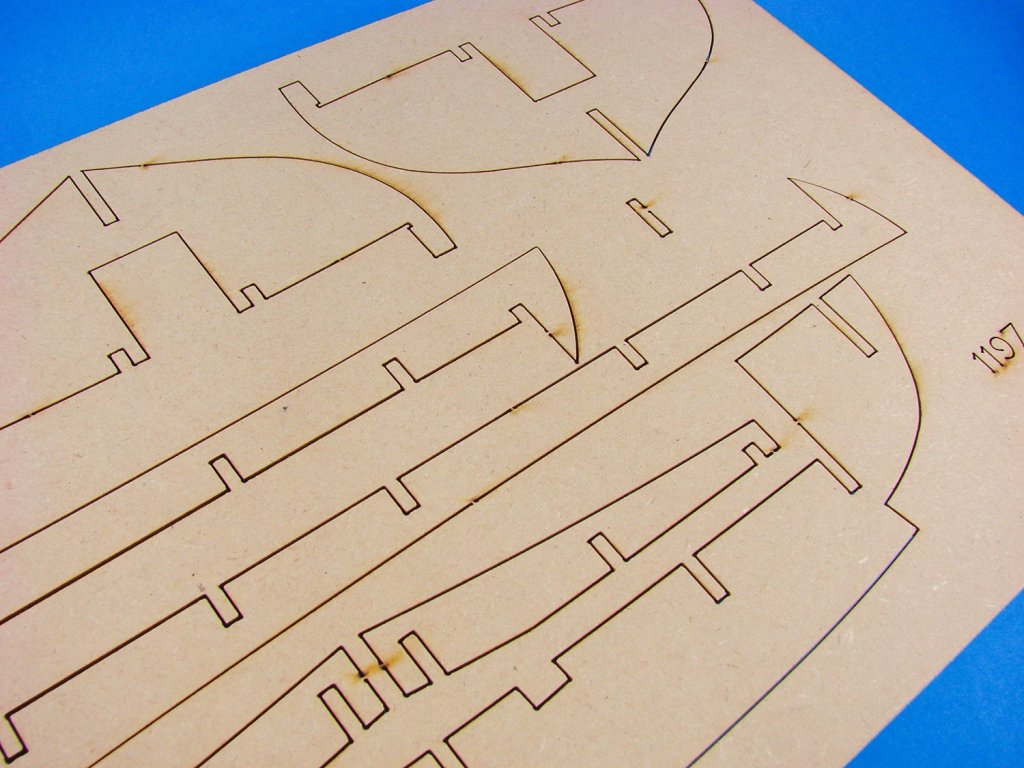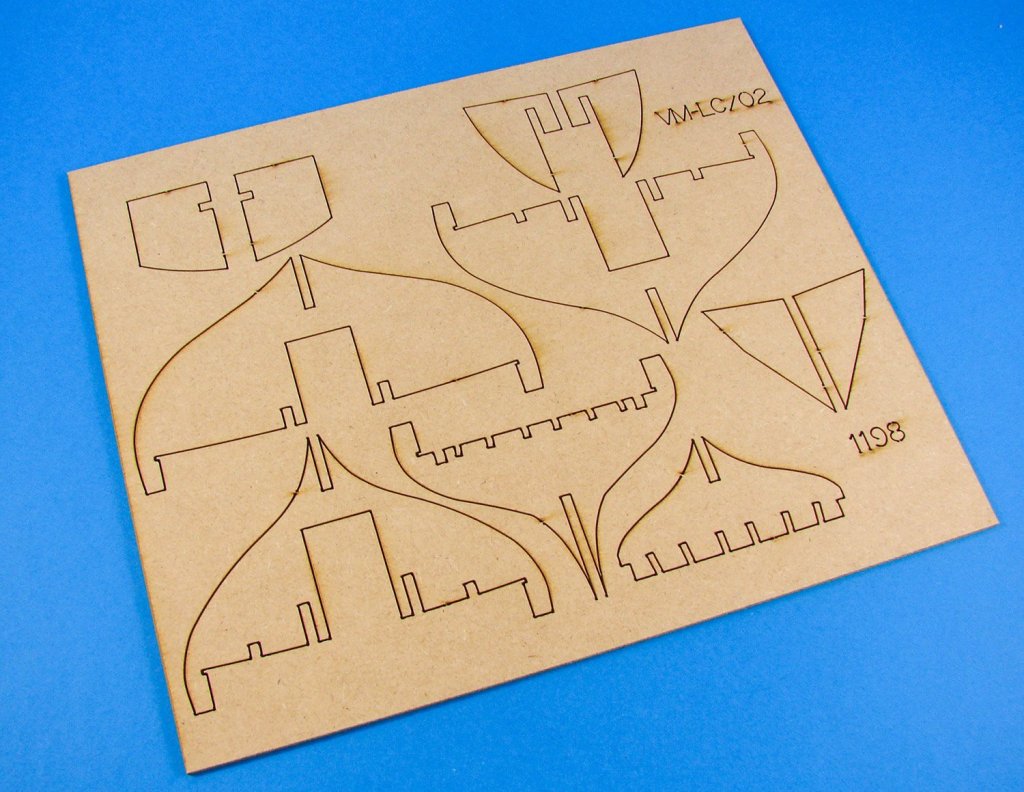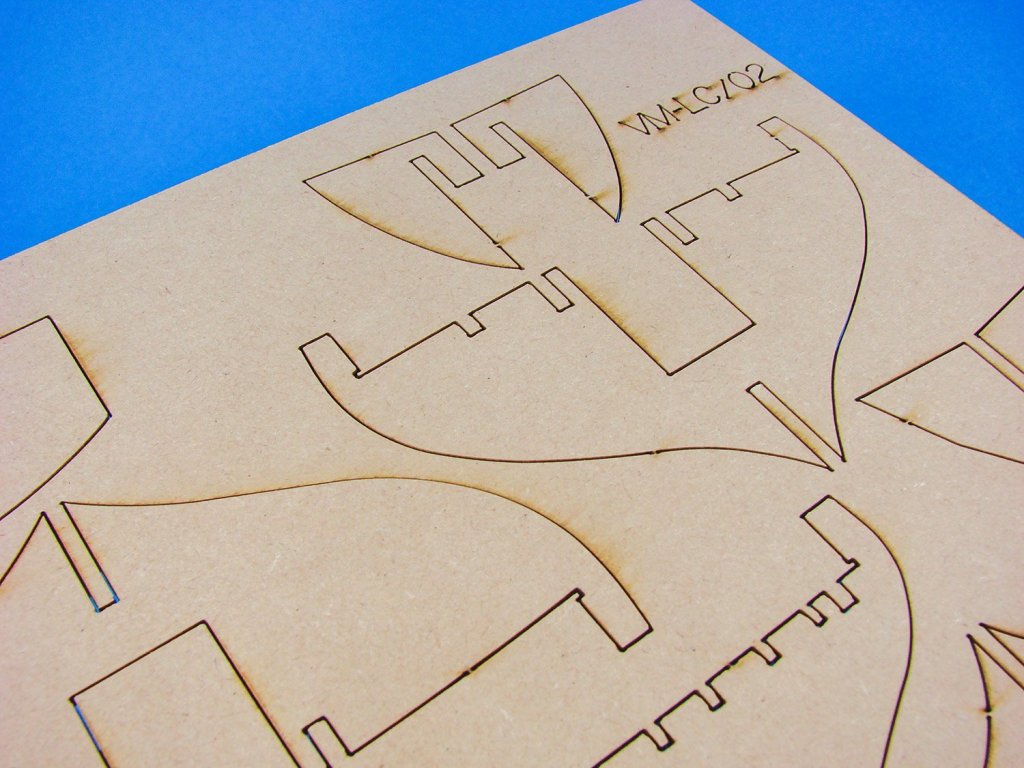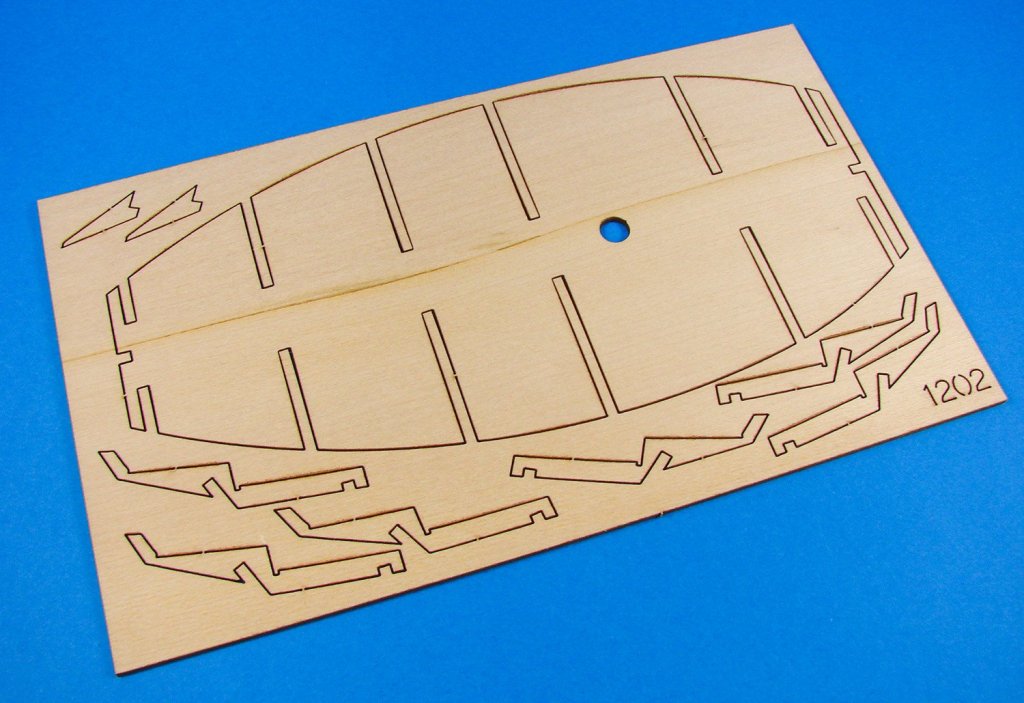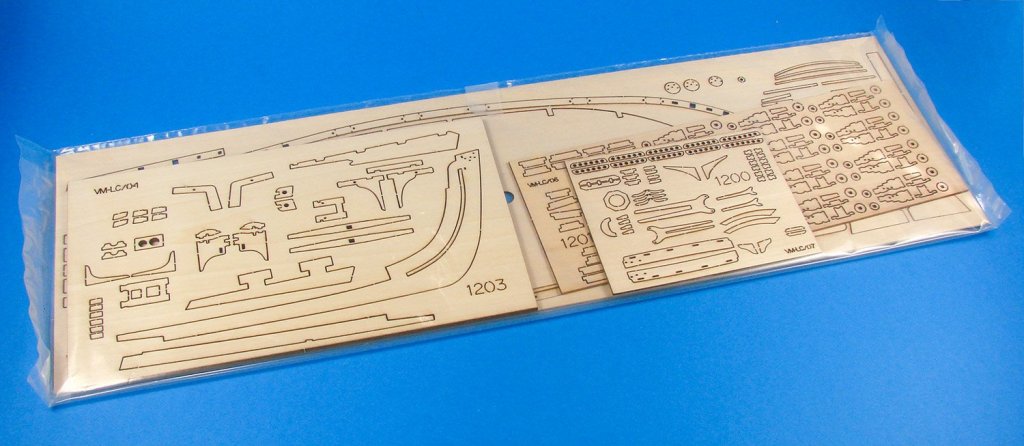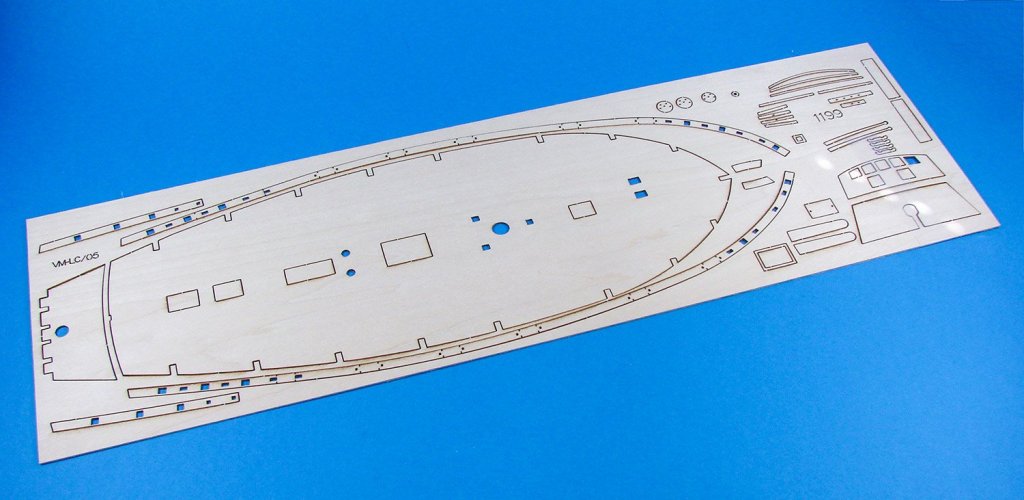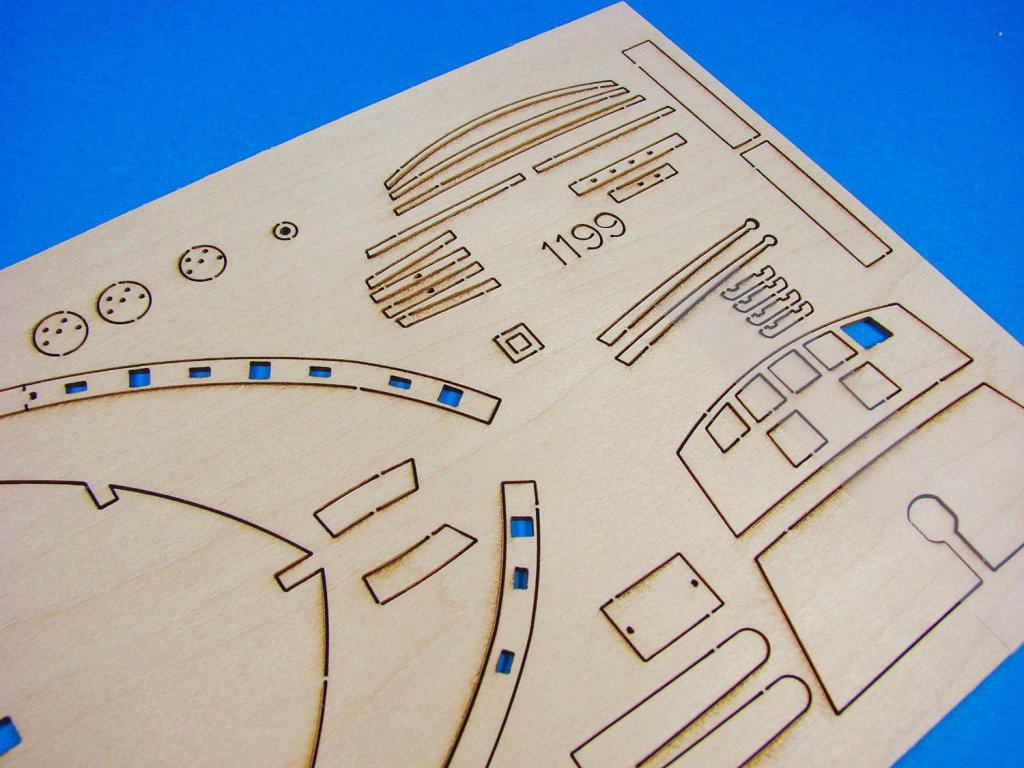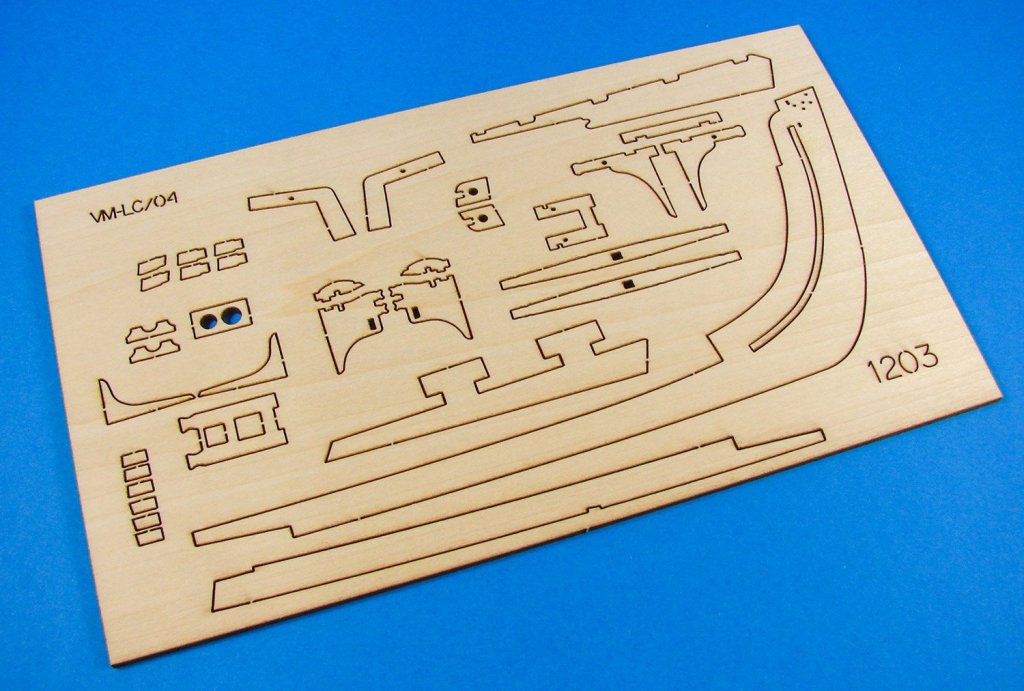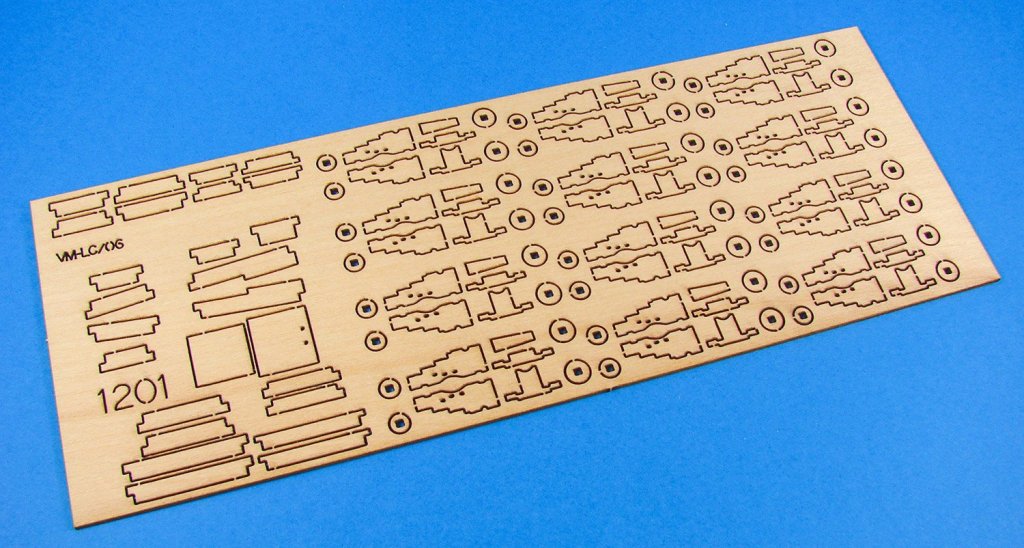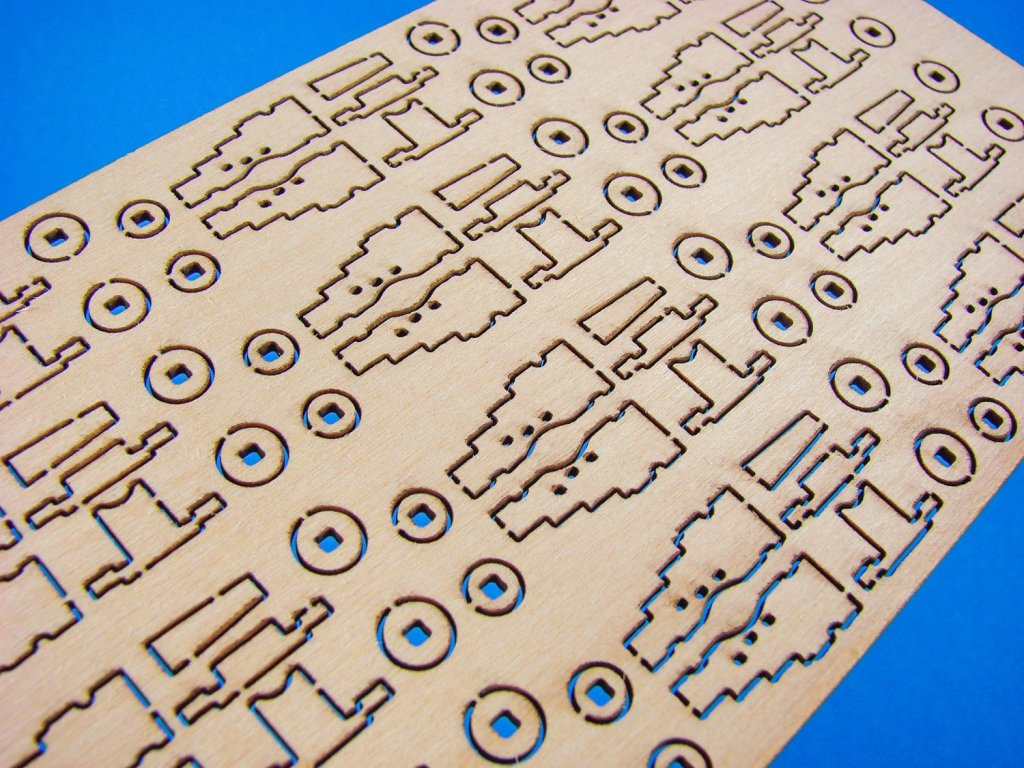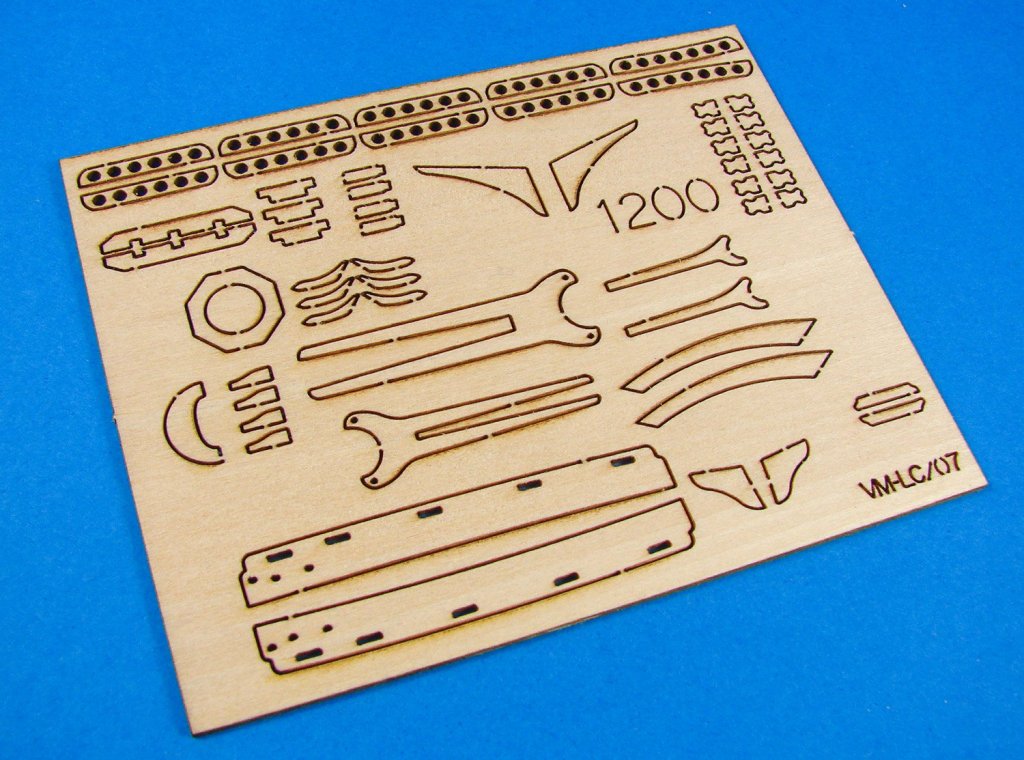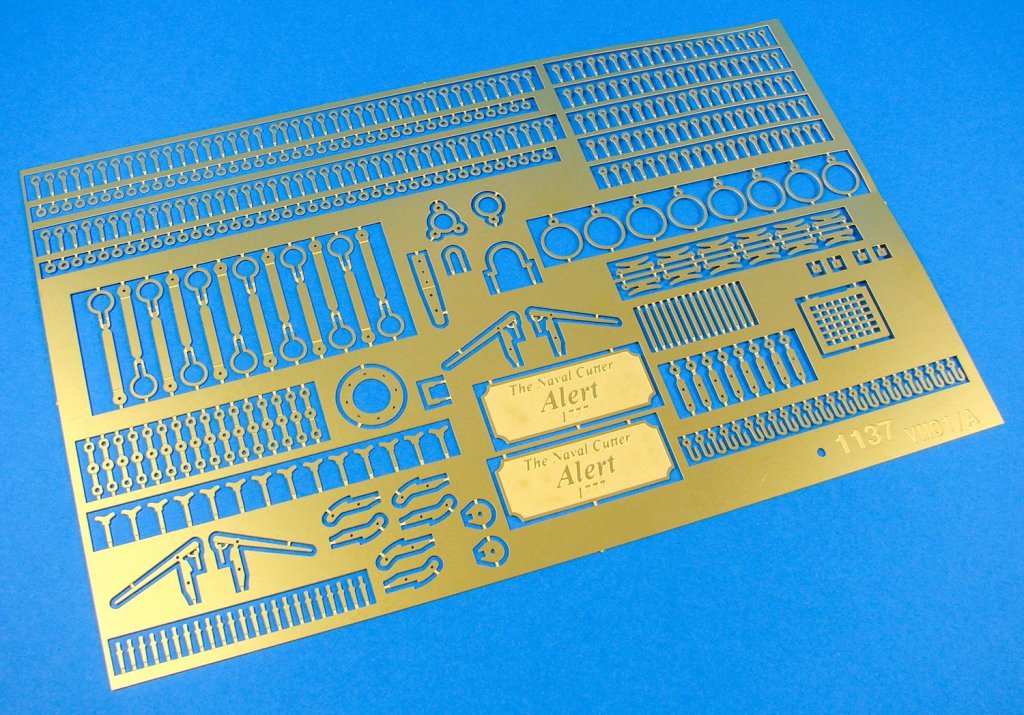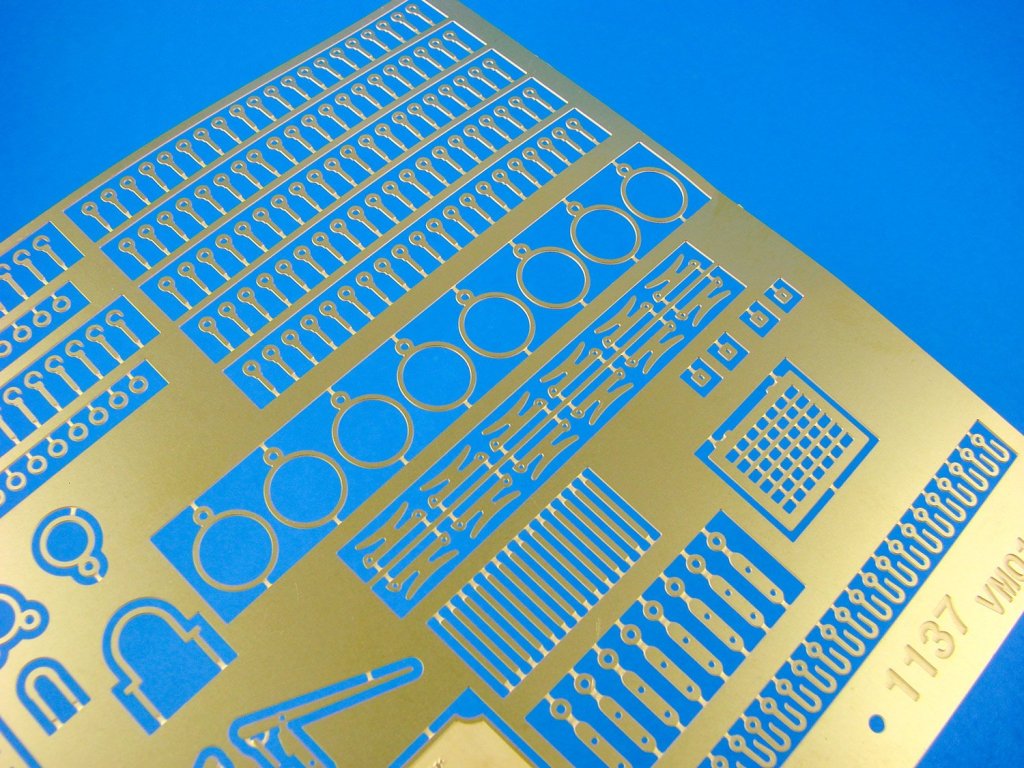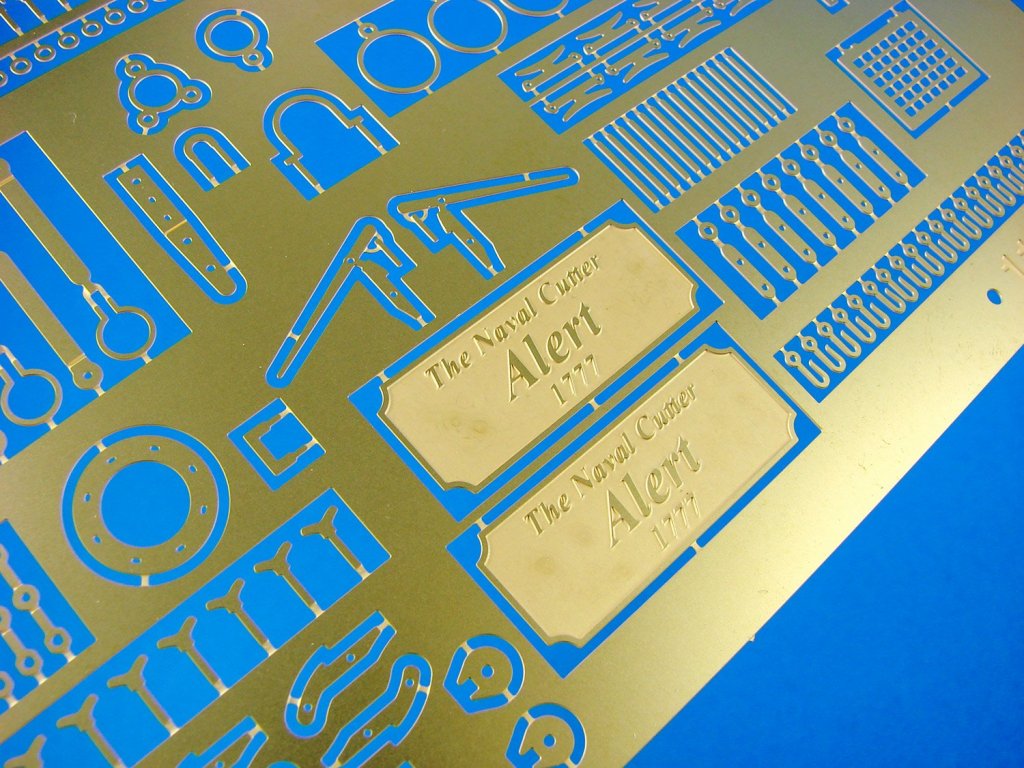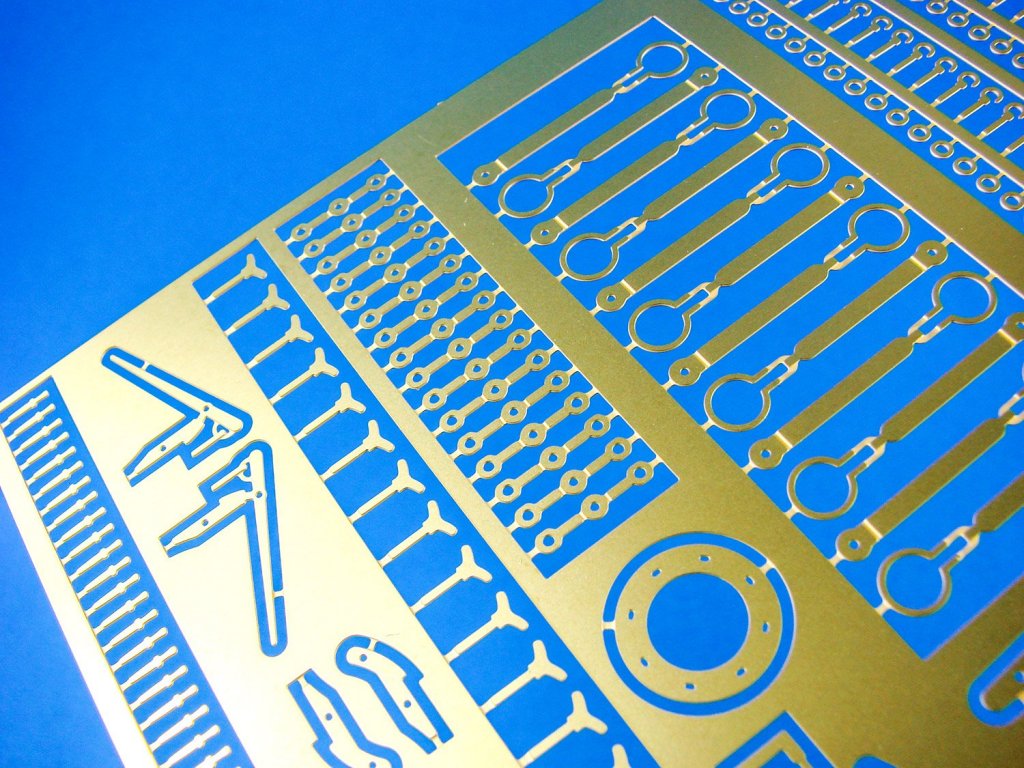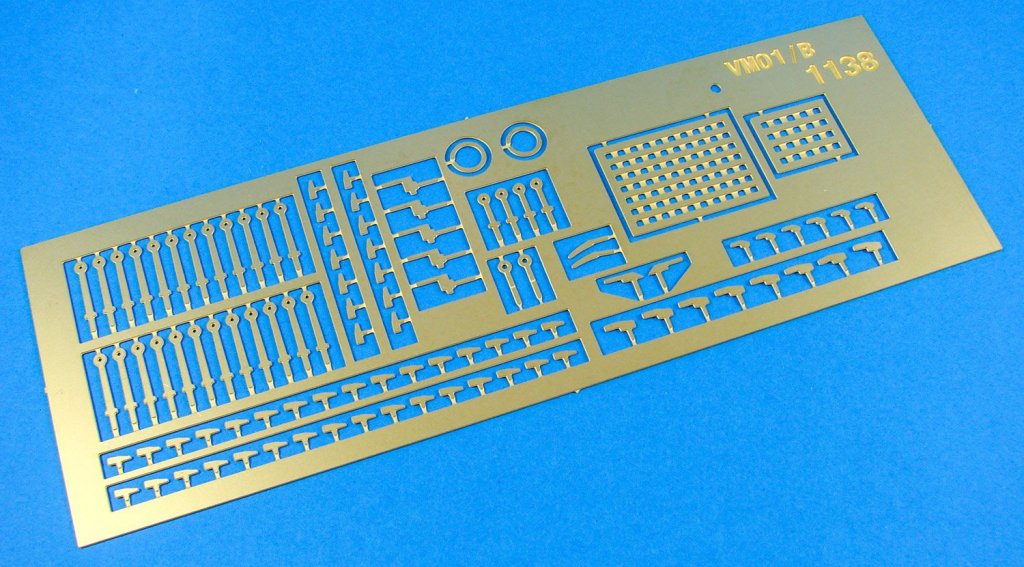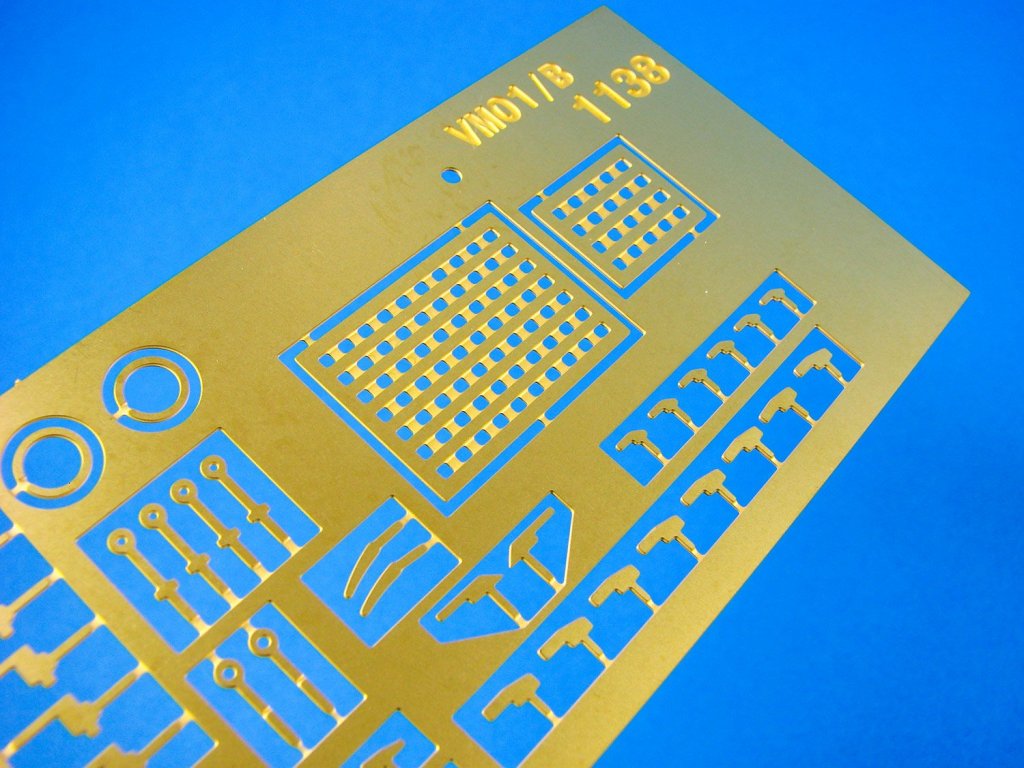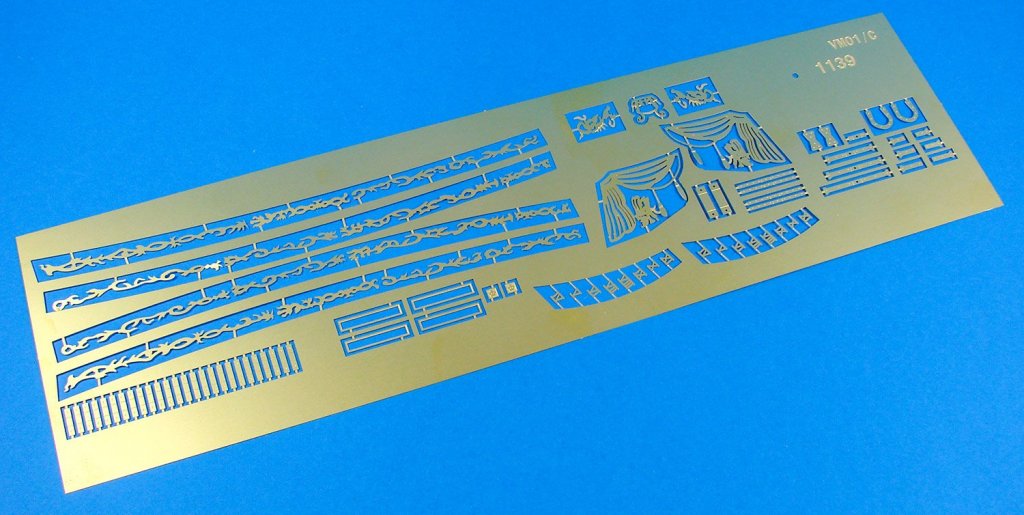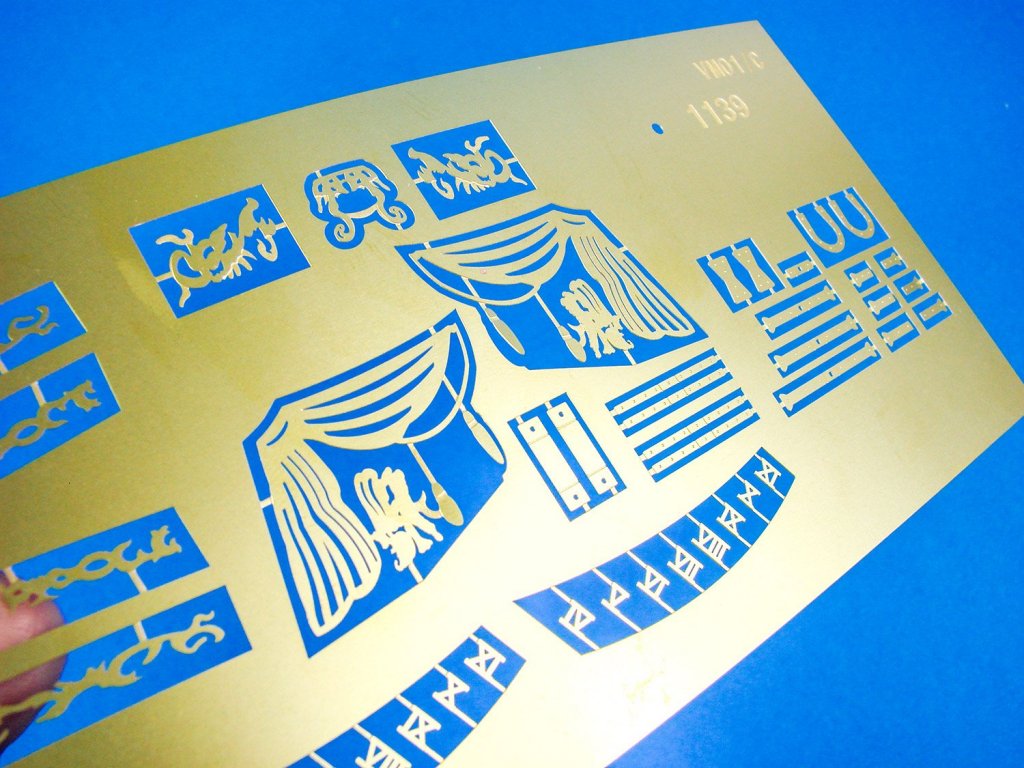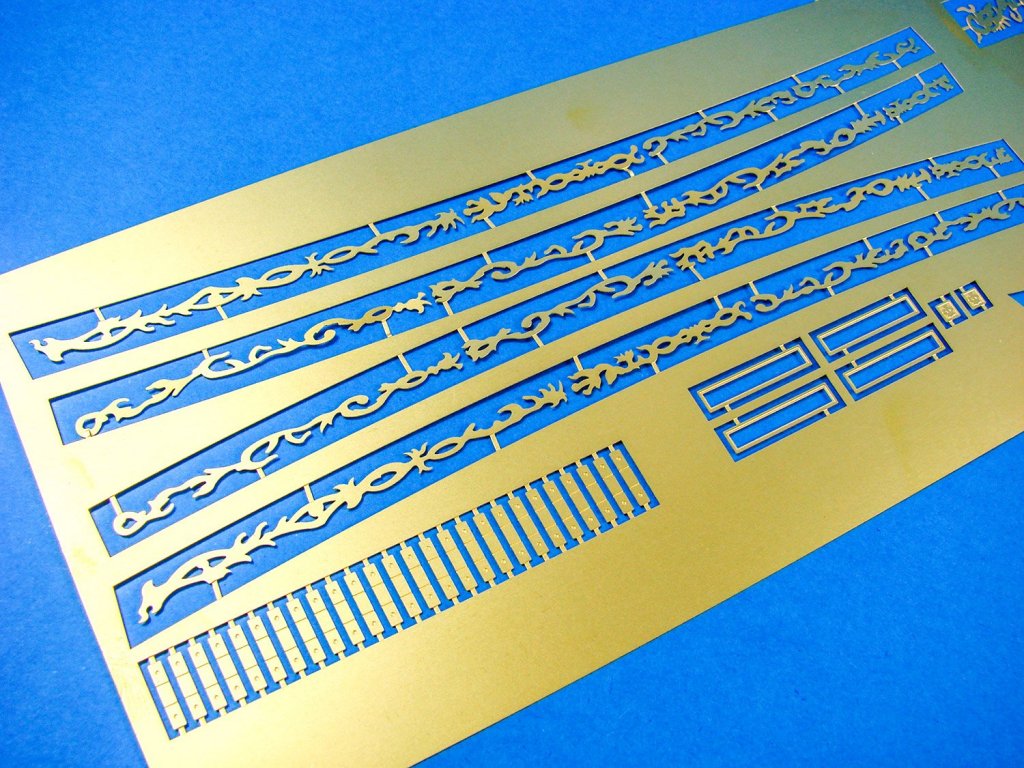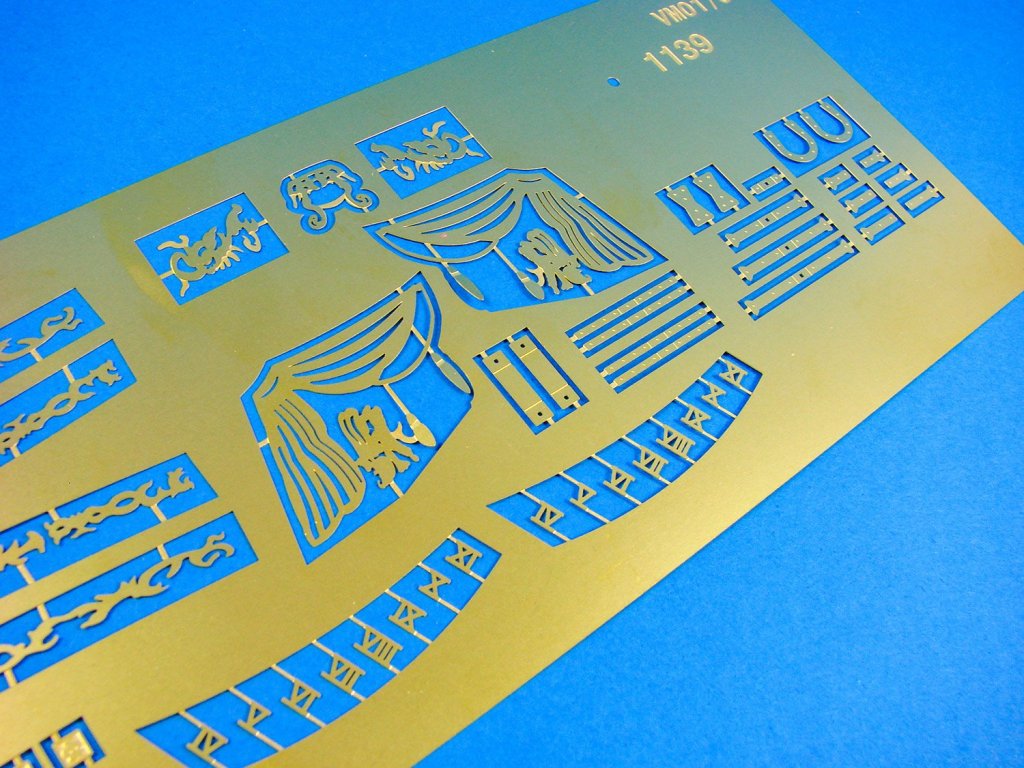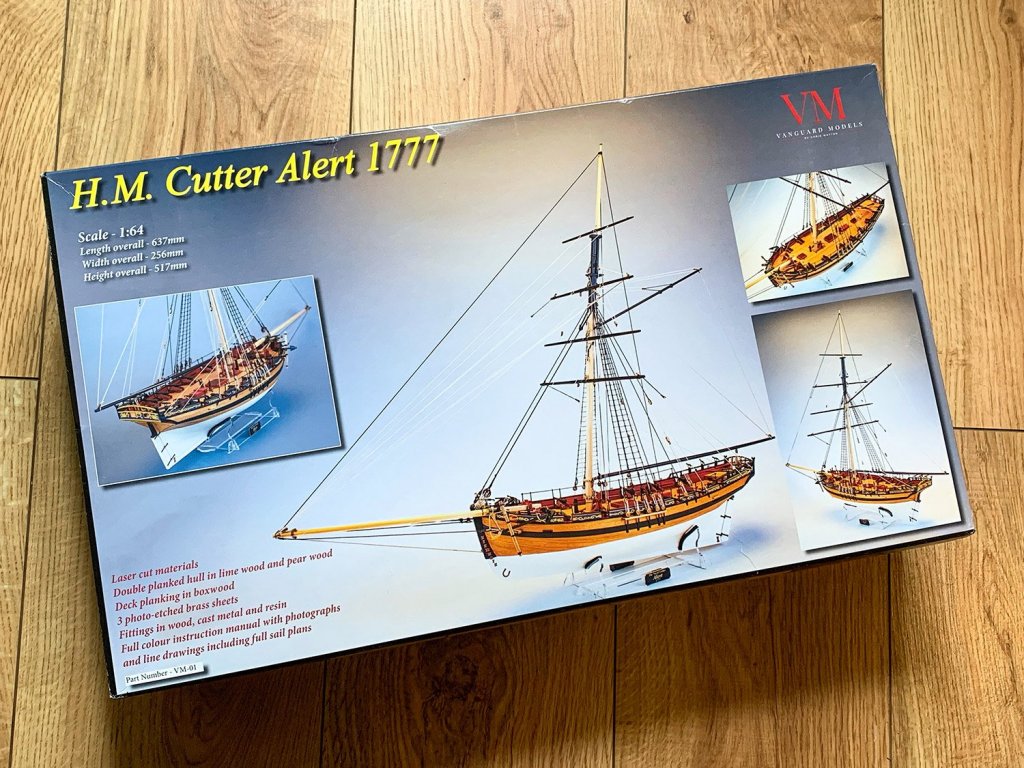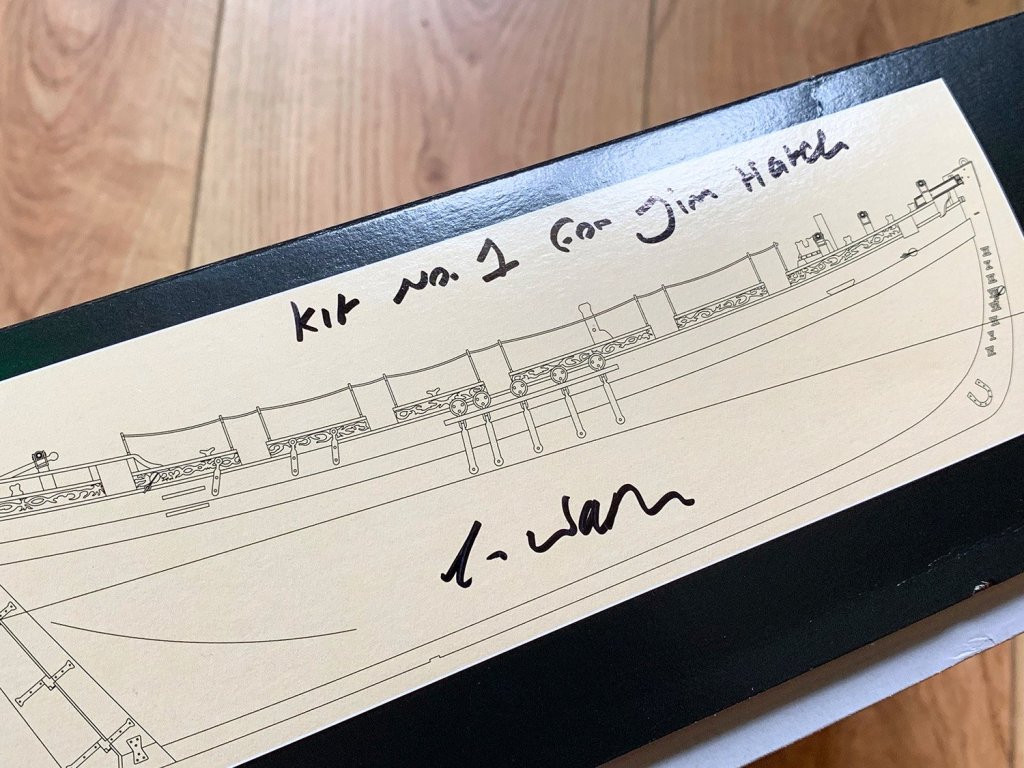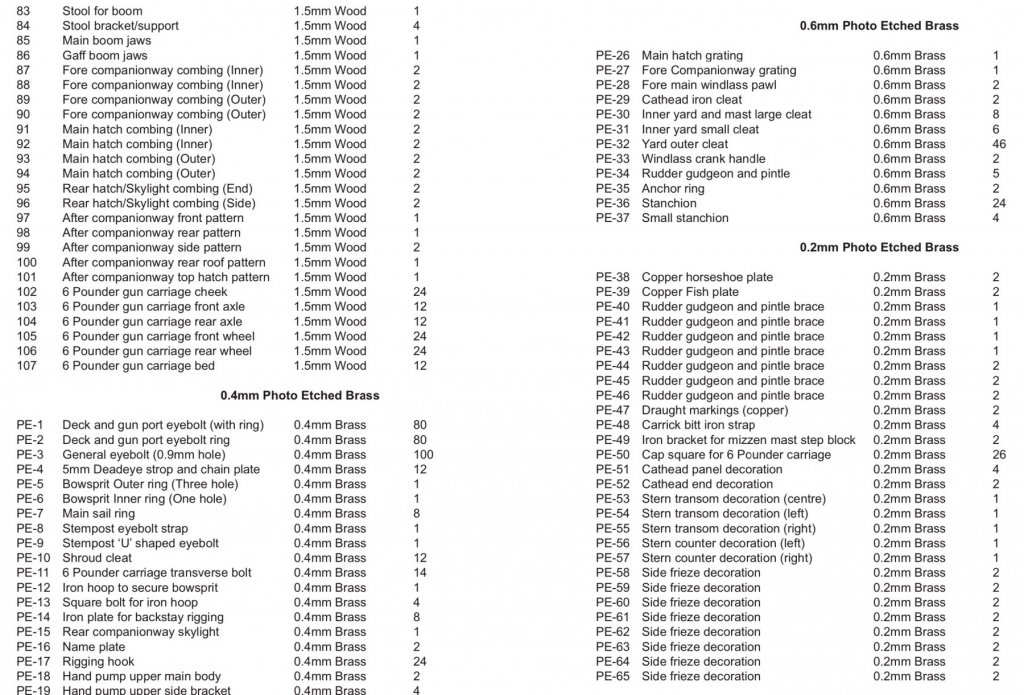Search the Community
Showing results for tags 'Chris Watton'.
-

kit review 1:64 H.M. Cutter Alert 1777 - Vanguard Models
James H posted a topic in REVIEWS: Model kits
1:64 H.M. Cutter Alert 1777 Vanguard Models Catalogue # VM-01 Available from Vanguard Models for £180 The Alert, built in Dover by Henry Ladd and launched on 24th June 1777, was the largest class of cutter in the Royal Navy. Alert originally carried ten four-pounder carriage guns and six to twelve half-pounder swivel guns. She was one of fifteen cutters built for the Royal navy between 1777 and 1778. Smaller cutters were often purchased or built by private yards and then purchased by the Navy, but Alert was purpose built from the keel up. In February 1778, Alert docked at Plymouth for an overhaul, to which some alterations were made to her hull and the ten four pounder carriage guns were replaced with twelve six pounder guns, raising her broadside weight by 30%. The guns were changed because six-pounder shot was more commonly available and, of course, they were more effective. Because of the increase in ordnance, the crew of the Alert was increased from sixty to eighty men, and recommissioned under a new commander, Lieutenant William George Fairfax. In May 1778, Fairfax was promoted to Commander and Alert was re-classed as a sloop to comply with Admiralty requirements. (Although always remained cutter rigged) On 17th June 1778, the Alert, in company with the frigate Arethusa, spotted and intercepted the French frigate Belle Poule and the armed lugger Coureur, with the latter overhauled by the Alert and surrendered, returning to Spithead after the action with her prize. On 8th July of the same year, whilst on an independent deployment, searching for the enemy fleet, Alert was taken by surprise and captured by the French frigate Junon. Alert is reported as lost without trace on 15th December 1779. Alerts sister, Rattlesnake lasted a little longer, being wrecked on the island of Trinidad on 11th October 1781. The model kit of the Alert is depicted after her refit with twelve six-pounder guns and a full complement of twelve half-pounder swivel guns, giving an ordnance total of twenty-four guns. Although not stated in the records when researching, it is possible that the upper bulwarks were fully planked, rather than having the open drift. The decoration that adorns the upper sides and stern is optional, as it is unlikely that the original vessel, when in service, would have had such decoration. This is inspired by the two paintings of the vessel by Joseph Marshall, which formed part of the George III collection of ship model paintings. It is possible the decoration would have been painted on during launch day, or if a prominent (Royal) figure visited to review the fleet. The kit H.M. Cutter Alert 1777 is the very first kit from Chris Watton’s own brand label, ‘Vanguard Models’. Of course, you will have heard of Chris’s name from kits released under the Amati (Victory Models) and Caldercraft/JoTika companies, as well as some magazine part-work stuff etc. I’ve bbeen watching this project come together both on and off Model Ship World, and the sort of effort that goes into producing a model kit. Vanguard’s new kit comes in a reasonably large box which is adorned with photos of the completed model, and some profile illustration too. Guess what? I got kit #001!! I’ll not claim any preferential treatment though! Lifting the lid and the first layer of bubble-wrap reveals a personalised customer letter and also a MASSIVE A3-size instruction manual which is spiral bound. We’ll look at this again a little later. Fittings A neat little labelled box contains all of the fittings for Alert, carefully kept in one place, and very professional-looking too. Cutting the tape tab reveals a series of labelled bags. Everything in this kit is also labelled in the same way and easily cross referenced against both the parts inventory and during construction. It really does appear to have been made as intuitive and easy to follow as humanly possible. The fittings are generally a mix of either resin or white metal. In the first pack we have the large winch which is cast in resin. This was originally intended to be white metal, but the quality of the parts was poor, so a new part was 3D designed and cast in light grey resin. Only a little clean-up is required to push this into service on Alert. Also in resin is the smaller windlass for the topsail bitts. The anchors are cast in white metal, and these look great. Very little preparation will be needed before they can be used. More white metal fittings are supplied for the twelve 6-pounder cannon and the twelve half-pounder swivel guns. I would give these a clean-up with a file and some steel wool. Another pouch is supplied for the cannon shot. One of the next packs contain steel pins for assisting with the first layer of planking. These look very nicely made and are sharp, with nothing malformed. It could be an idea to pilot drill the plank before using these, so as not to split any of the MDF frames or the planks themselves. The next two packs contain deadeyes and deadeye sheaves. The quality of these is very good, and definitely some of the nicest I’ve seen recently. Three more packets contain two sizes of single block and one size of double block. Again, quality is evident here. In the last three packets in the fittings box, you’ll find triple blocks, parrel beads and also the mainstay ‘mouse’. Rigging A zip-lock wallet contains six spools of very high-quality rigging cord in natural and black colours, as well as a sleeve of thicker natural thread which I think is for the anchor cables. This latter is handmade by Syren in the US, so you can be assured of its standards. Also note how each spool is labelled and inventoried so you won’t accidentally use the wrong cord when rigging. Timber strip Onto the timber strip. This initial release of Alert contains boxwood for the deck planking and pearwood for the hull. This sort of timber isn’t normally found in kits, with the recent exception of Master Korabel’s Avos kit’s XS Edition. It certainly is very welcome to see, and the standard of timber is excellent. I do believe that Chris will be releasing a slightly cheaper version of Alert with Tanganyika instead of pearwood and boxwood. Chris hopes this will retail for around £155 and is actually the same as he used in the prototype model you can see on the box lid and the photos in this review. All timber strip is packed into thick, sealed plastic sleeves, and clearly labelled so you can cross reference with the inventory to make sure you are indeed using the correct wood for the specific task. Timber standards are high with a nice uniform colour per batch, no coarse grain or split ends and fuzziness. Sail cloth is supplied too, just in case you do indeed want to display in this manner. The material is provided as sheet, and you will need to use the drawings to draw out the shapes on the cloth and cut/sew. Sails aren’t really for me, but the option is there, should you want to display her in all her sheets to the wind glory! Sheet material Now we come to the sheet material. There are two thick, clear sleeves containing laser-cut material. This first sleeve holds all of the main constructional elements plus something rather unusual for a kit like this, and that’s a clear acrylic display base! The base is a simple but attractive slot-together affair whose parts just need to be gently removed from the sheet. They are also covered in a protective film that makes it look dull in my photo. Rest assured that the material underneath is crystal clear. To assemble this, you could either use an acrylic cement such as Tensol, or an epoxy that will also dry clear. One such product that comes to mind is from HpH Models in the Czech Republic. You can of course use Cyano glue, but make sure it’s the odourless variety so it won’t cloud the clear plastic. The constructional stuff here comes in two sheets of 3mm MDF and one sheet of 2mm timber, all nice and warp-free. On the MDF, you’ll find the false keel, bulkheads, inner and outer bow patterns, stern planking and securing patterns, and the ship’s stove flue. The timber sheet contains the lower deck pattern (constructional element), and stern frames (middle, inner, outer). Laser-cutting is nice and neat with almost no localised scorching. It wouldn’t really matter either way though as these parts will be either hidden or bevelled. Our second sleeve of parts are all laser-cut from timber, with no MDF. Here, we have a combination of 3mm, 1.5mm and 1mm sheet material, containing parts for absolutely everything else timber-related on Alert, from gun carriages, hatch coamings, keep parts, cap rails, transom rails, tiller arm, trestle trees etc. You name it, it’s here. There are a few parts on the 1mm sheet which are hanging by only a few tabs due to the relative fragility of the tabs on a thin sheet, but all parts are perfectly fine. This material isn’t too rigid either, so those parts that need to be curved, such as the transom, will do so without any problem whatsoever. Photo-etch The inclusion of photo-etch in models these days is almost de rigueur, and Alert is no exception. Three frets are included in 0.2mm, 0,4mm, and 0.6mm bare brass, and all as good as any such material that I’ve used in any of my magazine and book work over the last 10yrs. As well as the obvious and intricate outer hull scrollwork embellishments, you’ll find metalwork here for the bowsprit and masting, cleats, windlass parts, stanchions, rudder gudgeon and pintle brace, eyebolt rings, deck grating, anchor ring, rigging components, and even a neat nameplate for the clear acrylic stand. All parts should be nice and easy to remove with them being held with thin, narrow tabs. A jeweller’s file will be needed to clean up any nibs remaining from the tabs. Instruction book This is epic in size! Printed in colour on thick paper stock in A3 size, the manual us spiral-bound instead of just being stapled. This means it will be easy to turn pages over, and the size is good for the eyes for those of us of whose youth has long since slipped away. The manual is 56 pages and begins with a side and upper elevation drawing of Alert, followed by a history and building tips/suggested tools and materials list. A full inventory is then supplied, along with images of the various sheets and PE frets. As the timber elements aren’t numbered on the sheets, you are advised to number each yourself before removal from the sheet. Construction sequences are given in photographic form with crystal clear English explaining everything along the way. All illustrations are also clearly annotated where required. The photographs are interspersed with more drawings of the vessel in various profiles, clearly showing the task at hand. A good example of how comprehensive the instructions are is the inclusion of a deck plank showing the planking format and the shift between the planks. When it comes to masting, drawings are supplied for this with accompanying dimensions and diameters. As I always find masting the most frustrating task, the drawings are a big help and clearly mark out the plan of attack. Excellent rigging illustrations are also supplied, showing everything clearly, including seizing, ratlines etc. A guide to exactly which rigging block to use is also provided. No guessing like on many of the legacy kits that got so many of us started in this hobby. As also mentioned, sail plans are supplied so you can make and add these from the cloth that’s provided. Conclusion What a great start to Chris’s new venture, Vanguard Models. He does keep telling me that he’s learnt so much from this that he will change in future releases, but he does sell himself short, dramatically. If you know of Chris’s work from his previous designs with Amati and Caldercraft, then you will know his own personal style comes through in attention to detail and design approach. This is a gorgeous kit that will present many hours of fulfilling bench time. Materials quality is what what we have come to expect from high-end kits. All in all, a fantastic package! My sincere thanks to Chris Watton for getting this out so quickly for me to feature as a review here on Model Ship World. To purchase directly, click this link at the top of the article. -
Hello, In the continuing search for my next project I have been looking at two similar offerings in the Amati Victory class of kits: HMS Pegasus and HMS Fly. The designer, Chris Watton, has received fine reviews, I'm told. On the surface, the two models appear to be very alike. Would those of you who have info agree? There are only superficial differences that I can see in the website pictures of these two ships. Are there material, or major, differences in the builds? How extensive are the instructions? Are the plans complete, well organized and clearly drawn? I've recently completed USS Constitution with which I'm very happy and proud. Also, a Mayflower done in mahogany that looks great, according to biased grandchildren, and a scratch-built Viking Drakkar using Amati plans (they were OK only) that's going to an office in Northern Virginia. Bottom line is, I believe either model would be very doable. Finally, I've noted that Bob Hunt has a practicum on the Pegasus/Fly. I've done a few of his practicums in the past. Any remarks about this practicum? Many thanks to all who may offer ideas, impressions, opinions, assistance of any kind. Chris Miller
- 12 replies
-
- Amati
- Amati Victory
-
(and 6 more)
Tagged with:
About us
Modelshipworld - Advancing Ship Modeling through Research
SSL Secured
Your security is important for us so this Website is SSL-Secured
NRG Mailing Address
Nautical Research Guild
237 South Lincoln Street
Westmont IL, 60559-1917
Model Ship World ® and the MSW logo are Registered Trademarks, and belong to the Nautical Research Guild (United States Patent and Trademark Office: No. 6,929,264 & No. 6,929,274, registered Dec. 20, 2022)
Helpful Links
About the NRG
If you enjoy building ship models that are historically accurate as well as beautiful, then The Nautical Research Guild (NRG) is just right for you.
The Guild is a non-profit educational organization whose mission is to “Advance Ship Modeling Through Research”. We provide support to our members in their efforts to raise the quality of their model ships.
The Nautical Research Guild has published our world-renowned quarterly magazine, The Nautical Research Journal, since 1955. The pages of the Journal are full of articles by accomplished ship modelers who show you how they create those exquisite details on their models, and by maritime historians who show you the correct details to build. The Journal is available in both print and digital editions. Go to the NRG web site (www.thenrg.org) to download a complimentary digital copy of the Journal. The NRG also publishes plan sets, books and compilations of back issues of the Journal and the former Ships in Scale and Model Ship Builder magazines.

